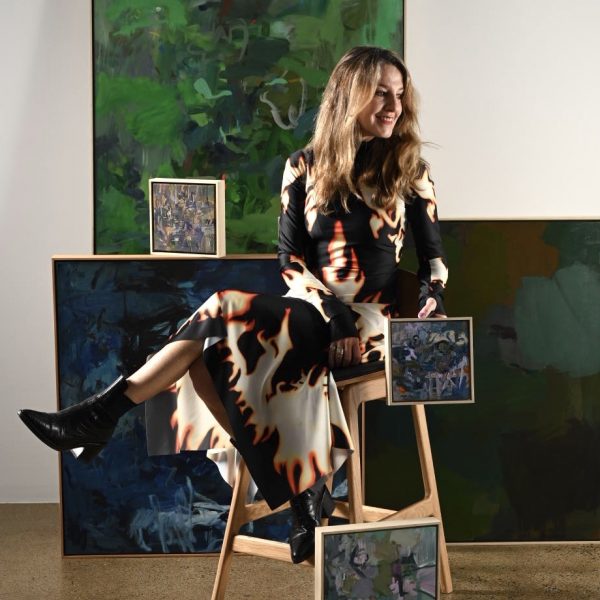Kate Barry's recent artist residency at Side Gallery marks a pivotal moment in the evolution of her painting practice. Engaging deeply with themes of identity, memory, and transformation, Kate has created a series of evocative works that offer a nuanced perspective on change, the objects in her environment, and relationship to the interior.
This residency provided Kate with the opportunity to experiment with various mediums and techniques, resulting in a diverse collection that includes both intimate sketches — her renowned “smalls”— and large-scale semi-abstract paintings. This new direction is a departure from her previous focus on lyrical abstraction, moving into semi-abstraction with fresh, vibrant results underscored by hints of narrative. The residency highlighted Kate’s personal experiences and facilitated a significant creative shift, adding a new dimension to the mark-making abstraction we are familiar with from her oeuvre.
We are thrilled to delve into Kate’s journey, exploring the subject matter, shifts, and personal growth that impact an artist’s creative direction. We look forward to sharing the body of work in Flux and Fancy with our creative community.
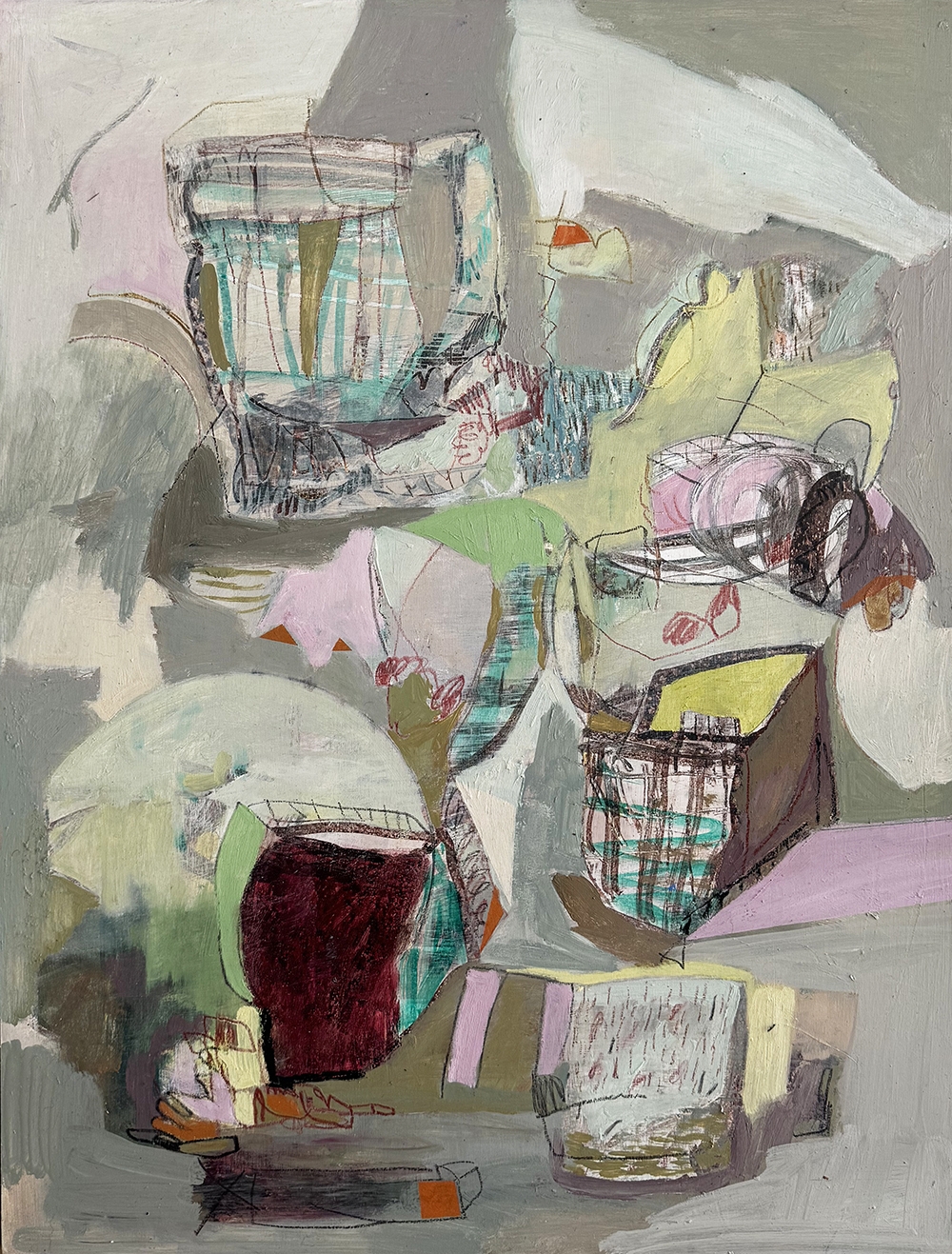 Sold
Sold
Casual Setting 2024
Oil on timber panel
63 x 48 cm
$1800 Sold
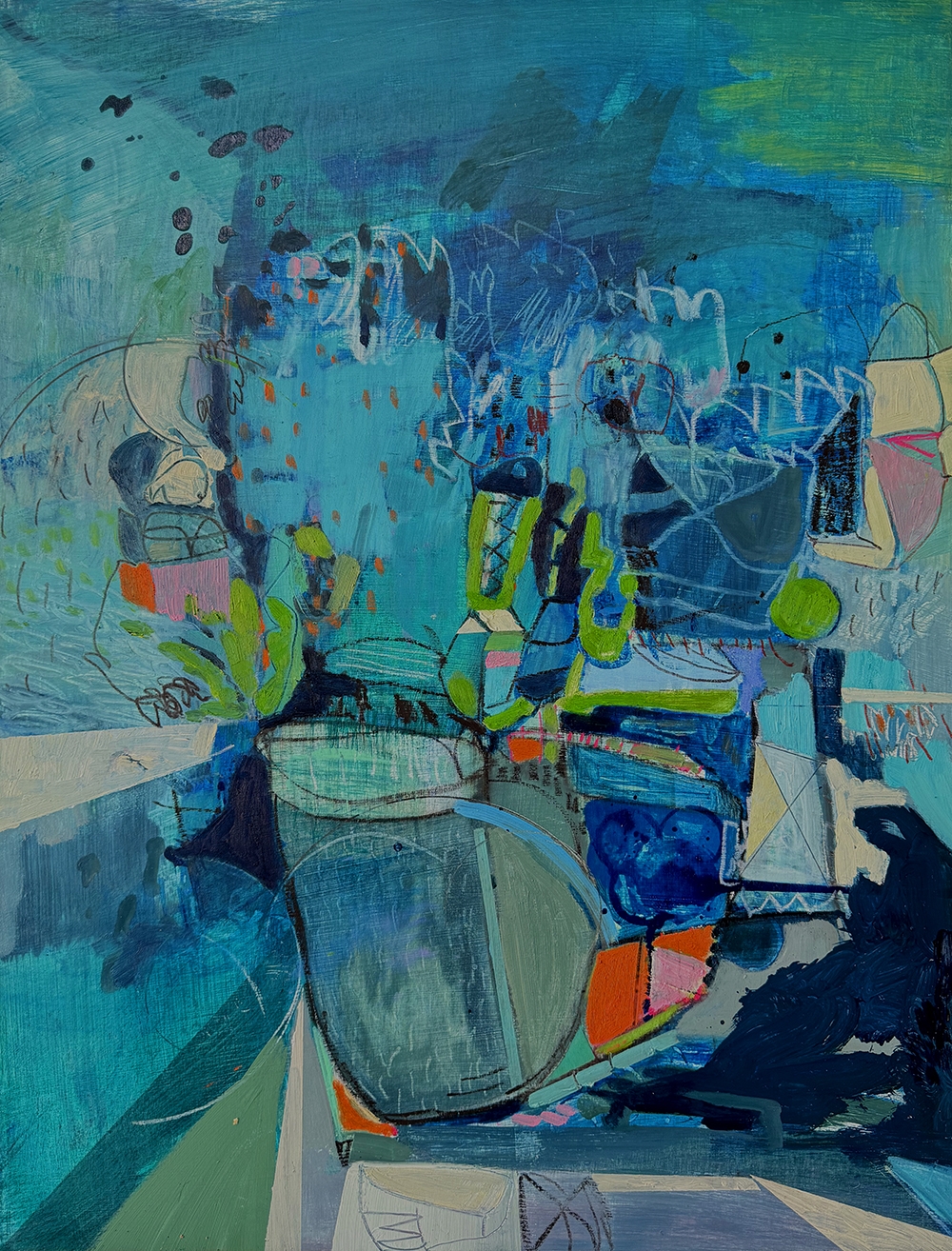 Sold
Sold
Sapphire Day 2024
Oil on timber panel
63 x 48 cm
$1800 Sold
 Sold
Sold
Terrarium 2024
Oil on timber panel
53 x 43 cm
$1600 Sold
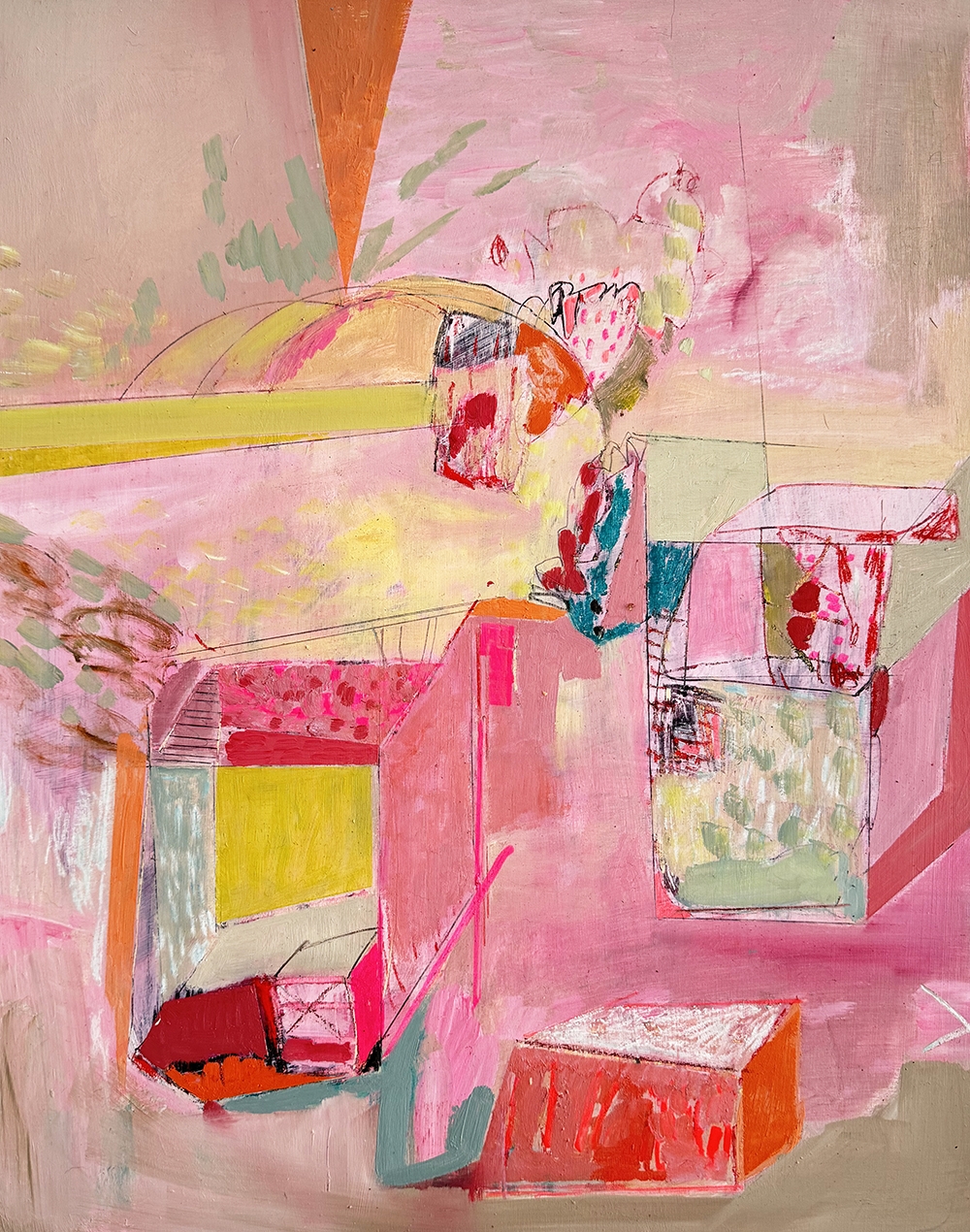 Sold
Sold
Rouge Assemblage 2024
Oil on timber panel
53 x 43 cm
$1600 Sold
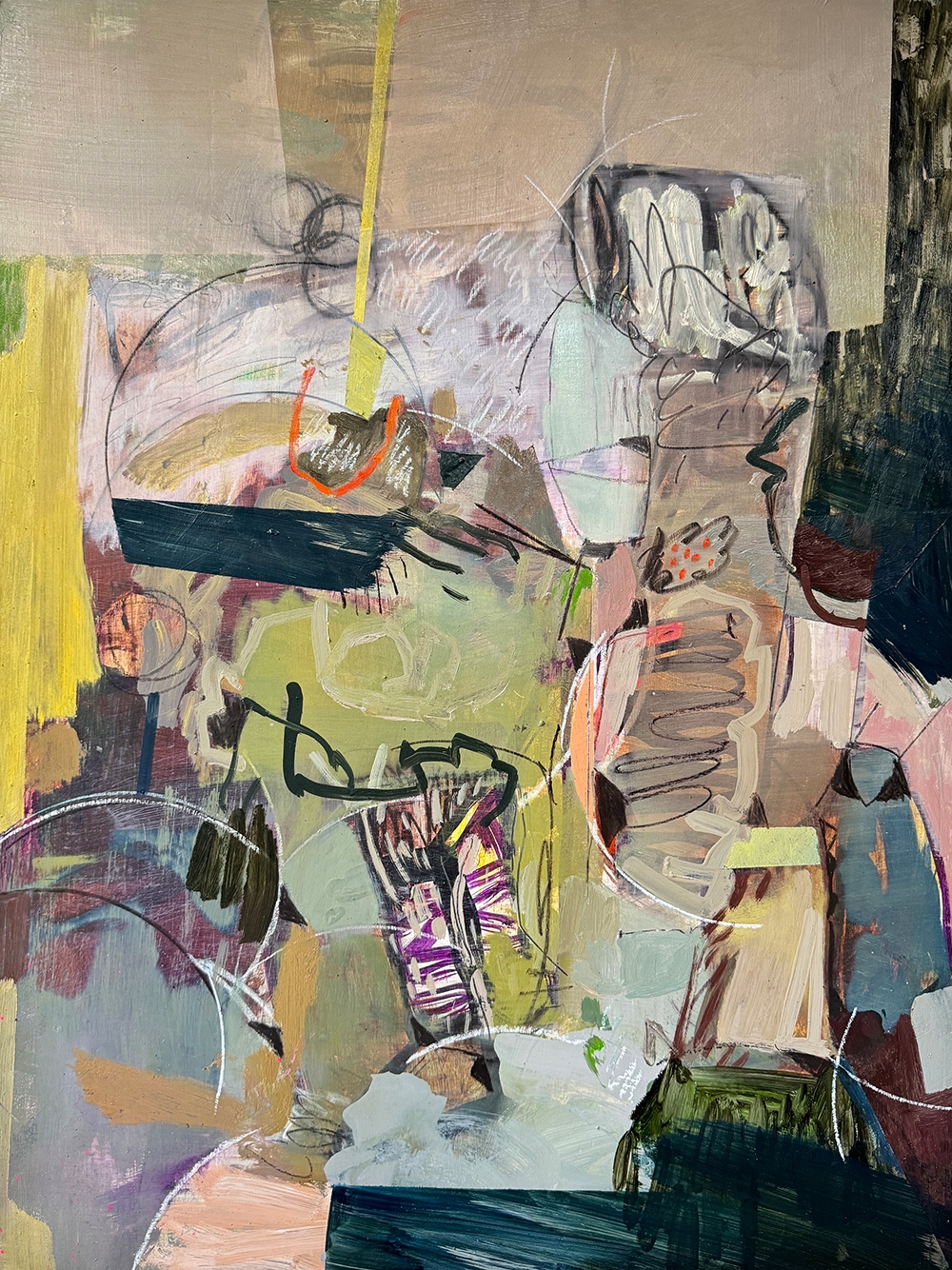
Reposition 2024
Oil on timber panel
63 x 48 cm
$1800 Framed
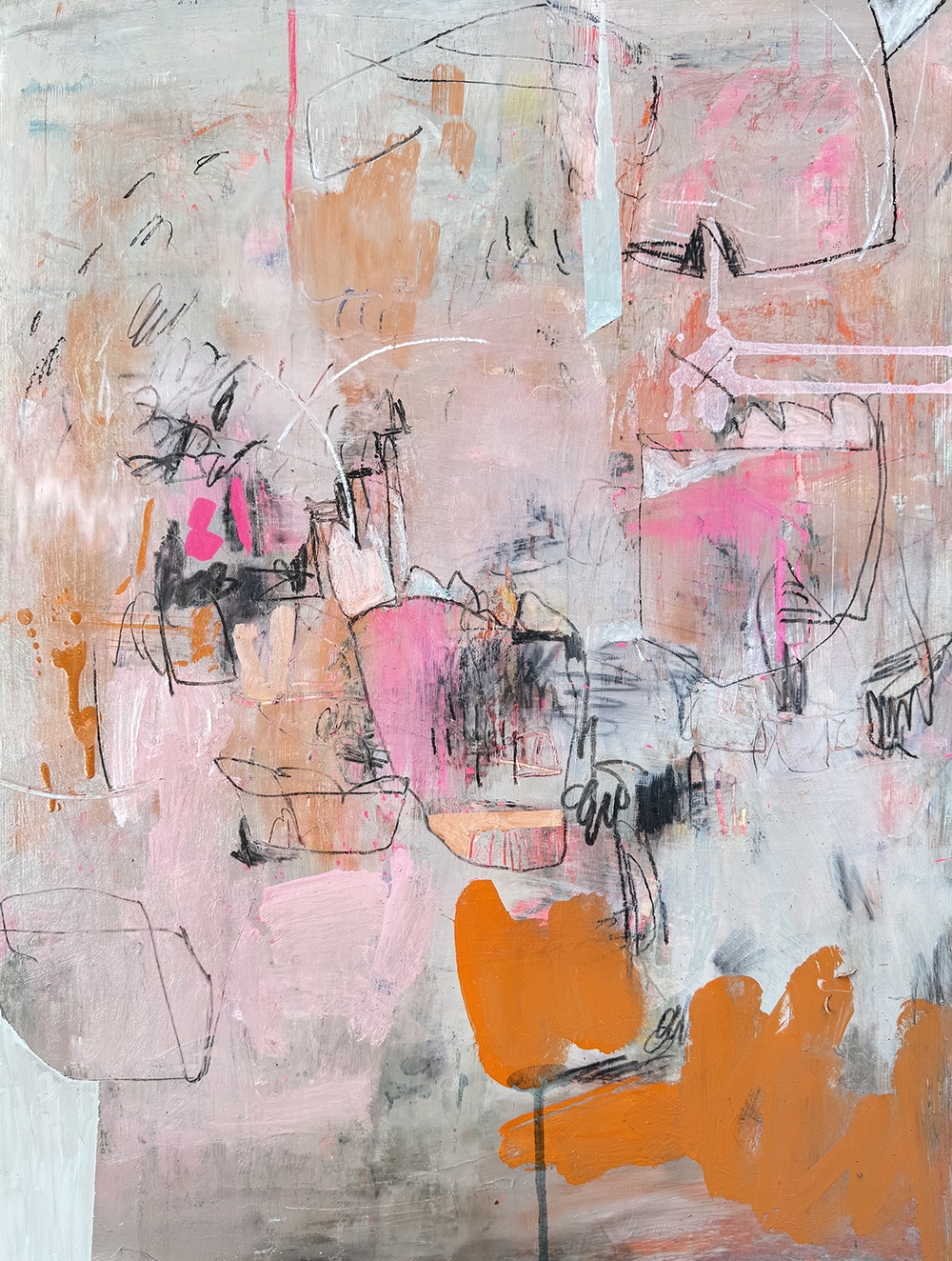 Sold
Sold
L’Amour 2024
Oil on timber panel
63 x 48 cm
$1800 Sold
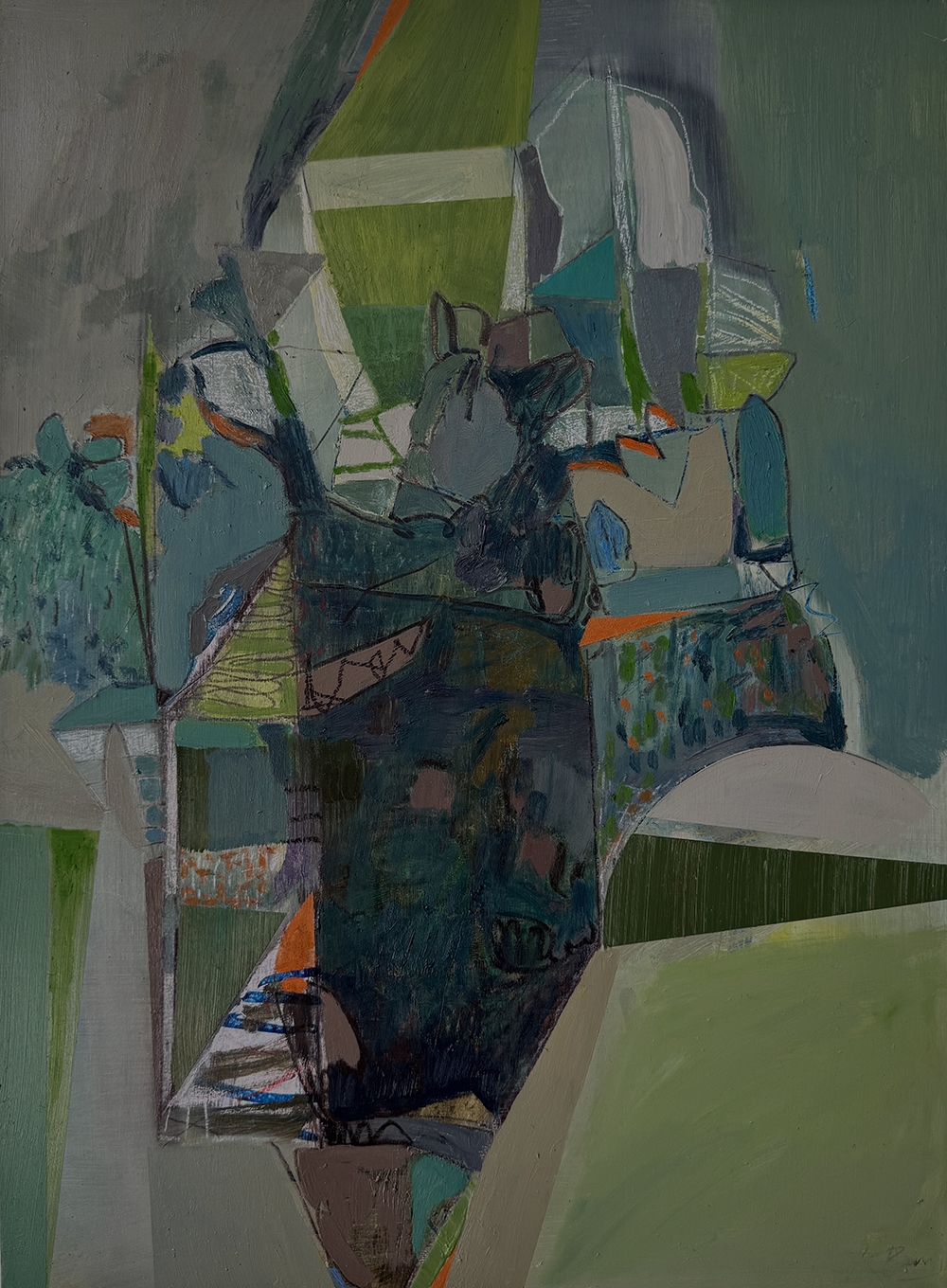
Verde Silhouettes 2024
Oil on timber panel
63 x 48 cm
$1800 Framed
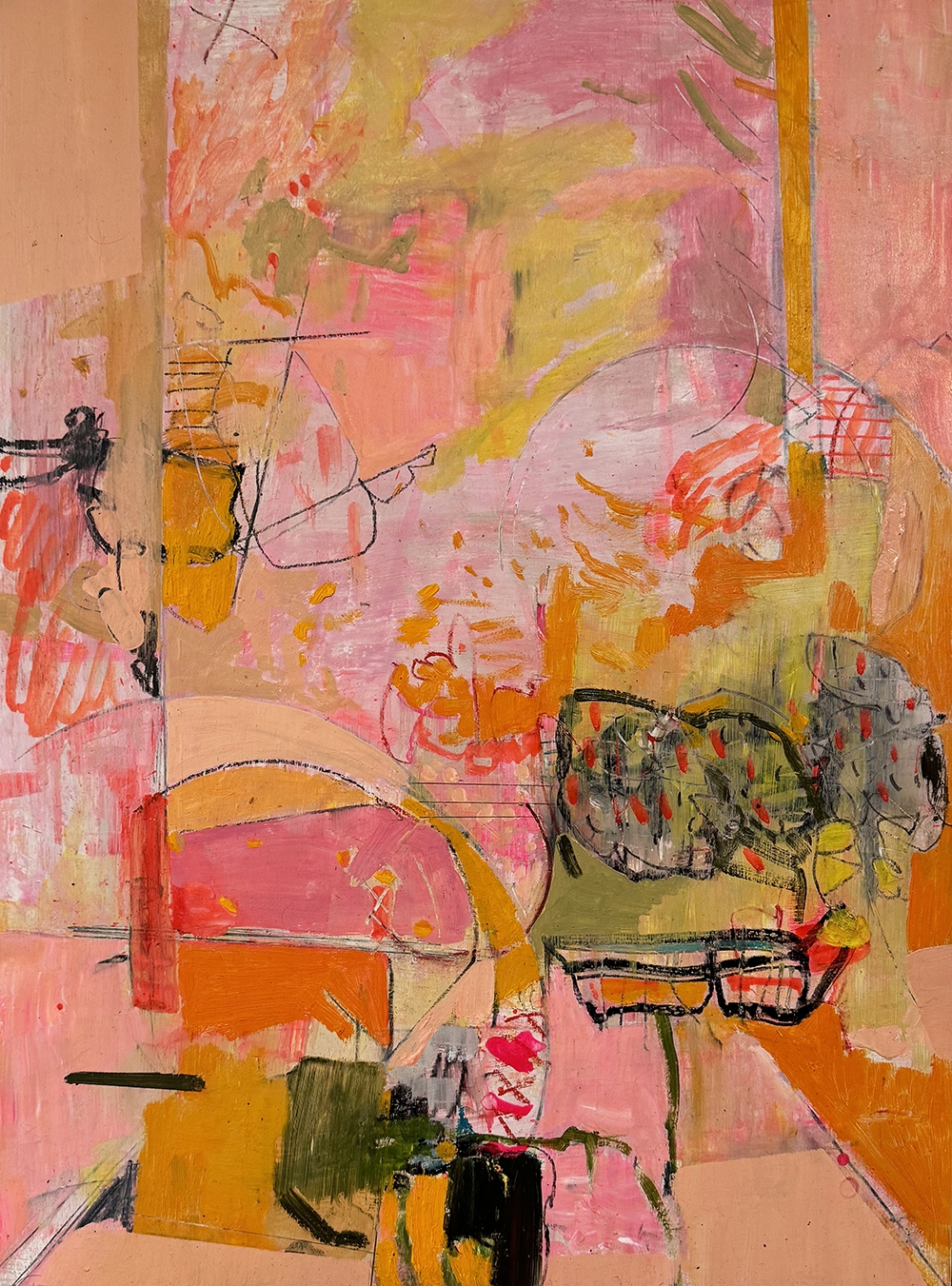 Sold
Sold
Out The Window 2024
Oil on timber panel
63 x 48 cm
$1800 Sold
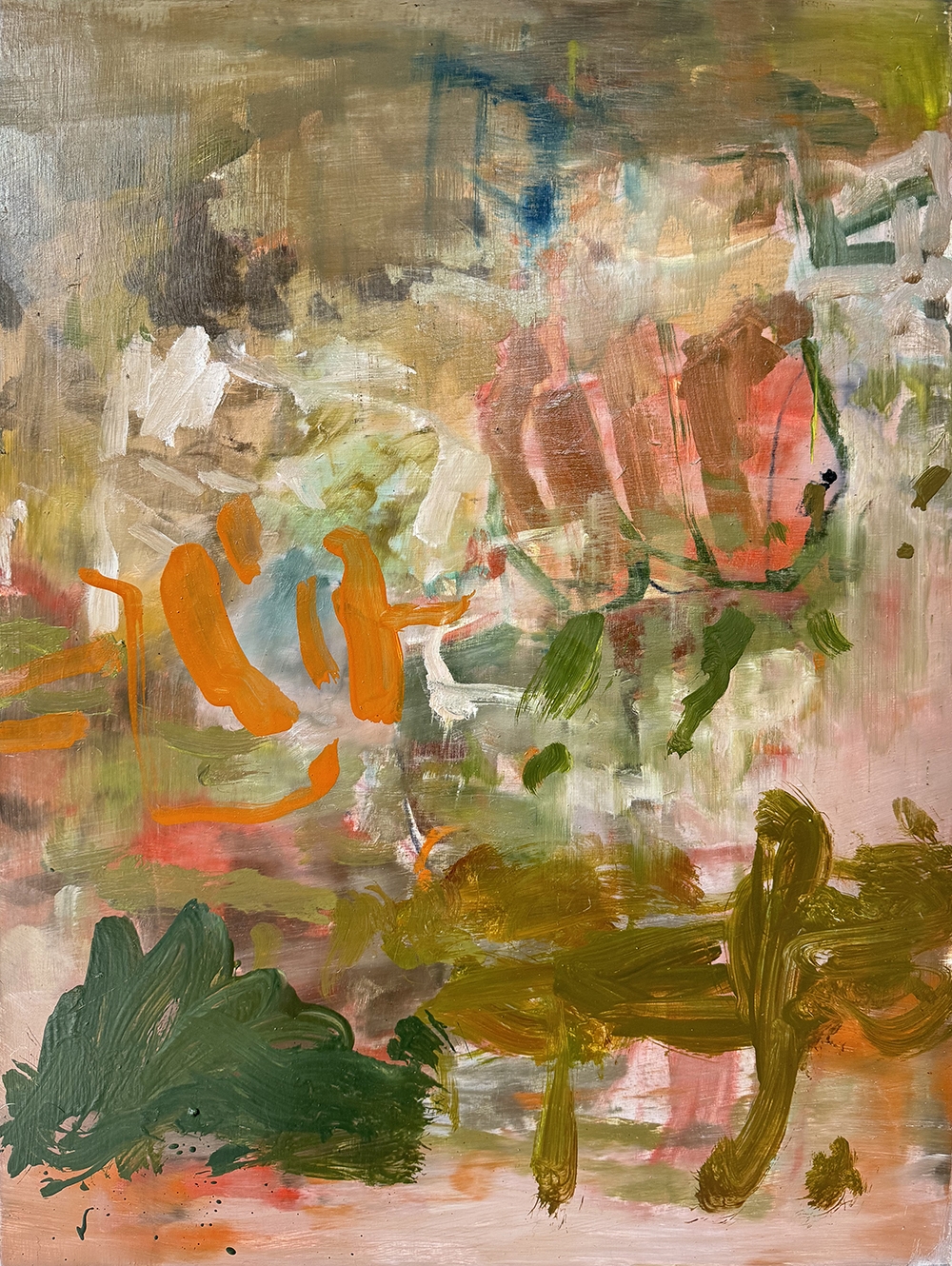
Land Building 2024
Oil on timber panel
63 x 48 cm
$1800 Framed
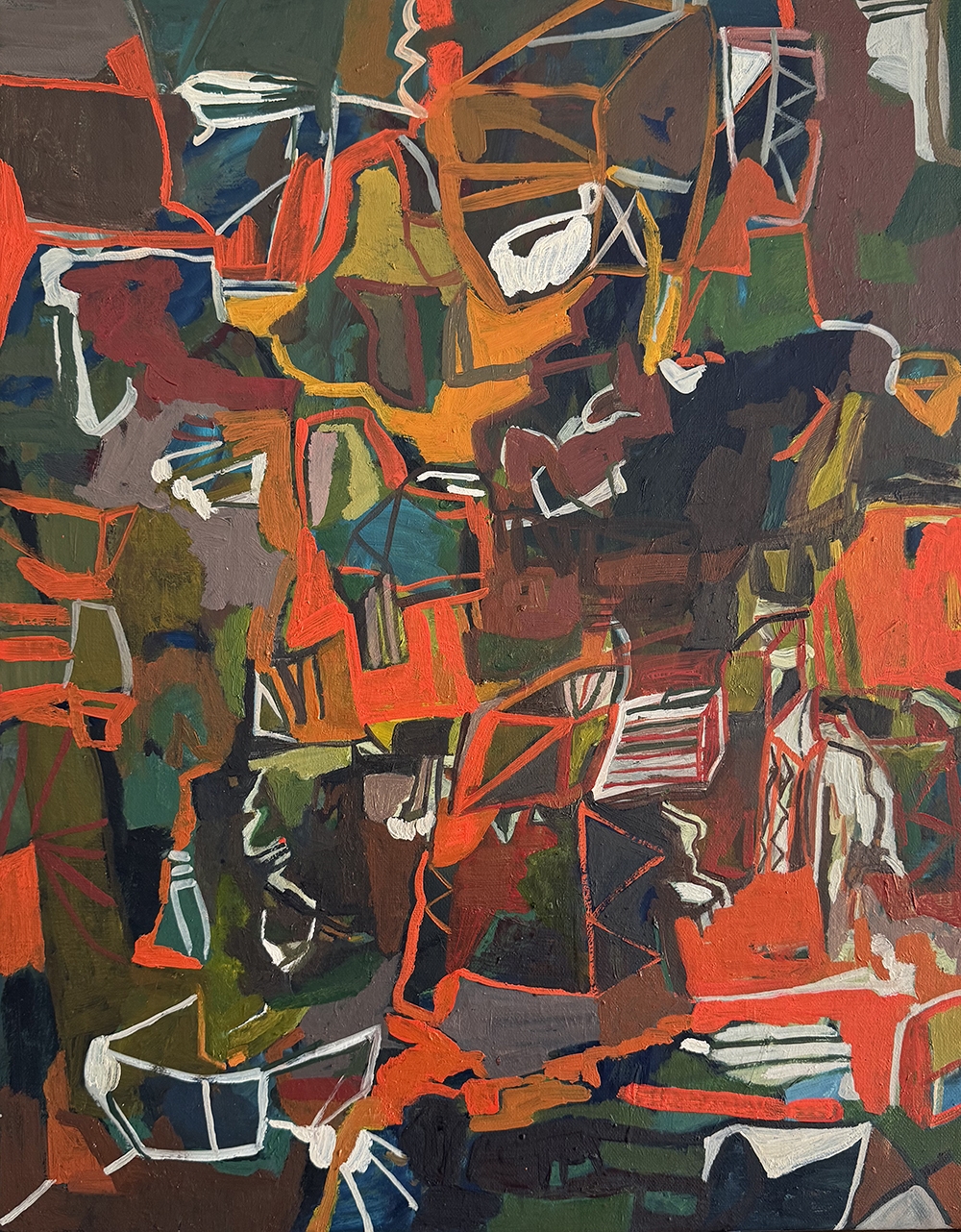
Feckless 2024
Oil on linen
53 x 43 cm
$1700 Framed
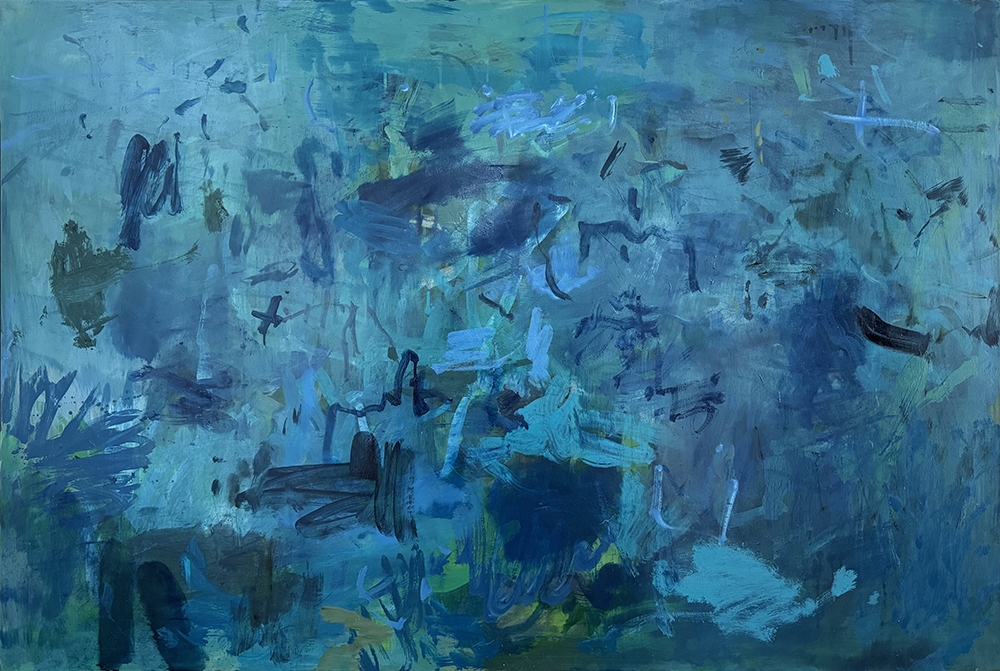
Blowing Over 2024
Oil on canvas
103 x 153 cm
$4200 Framed
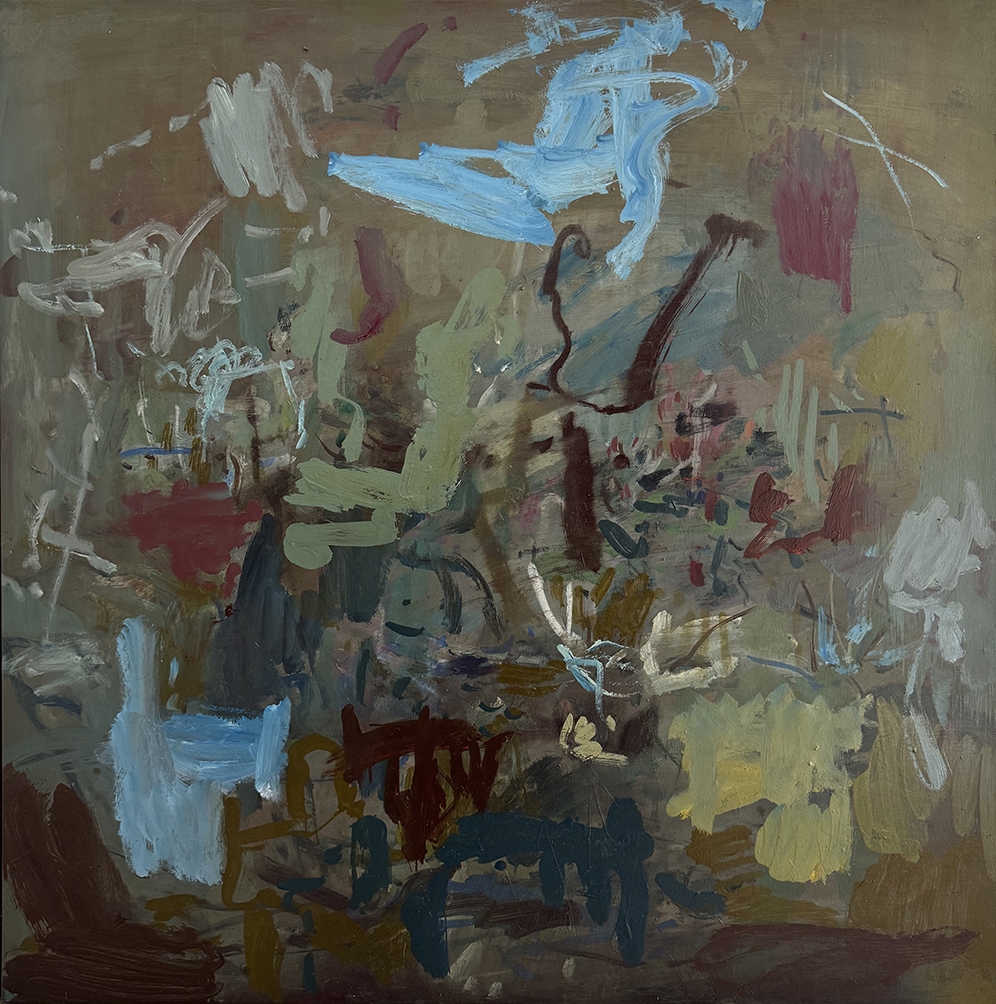
Drop Cloth 2024
Oil on canvas
85 x 85 cm
$2300 Framed

Nexus 2024
Oil on canvas
94 x 94 cm
$3300 Framed
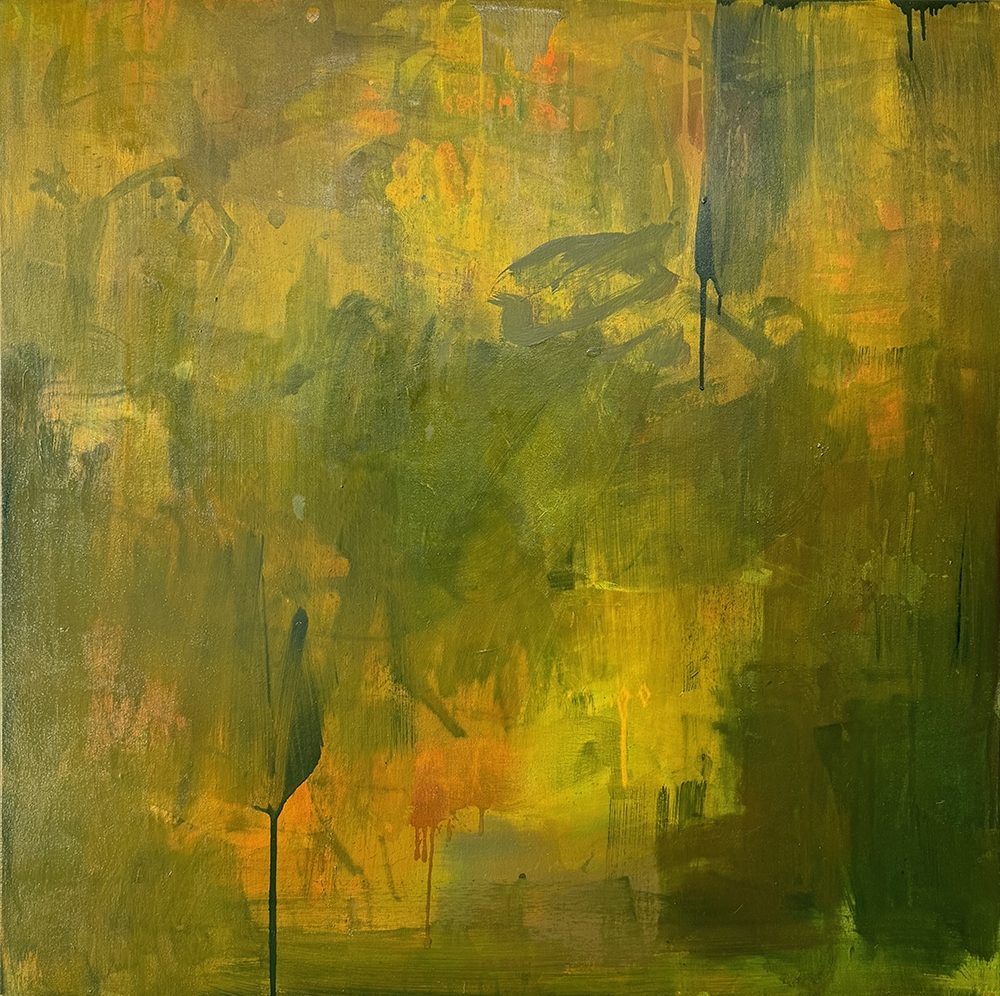
Homeland 2024
Oil on canvas
104 x 104 cm
$3600 Framed
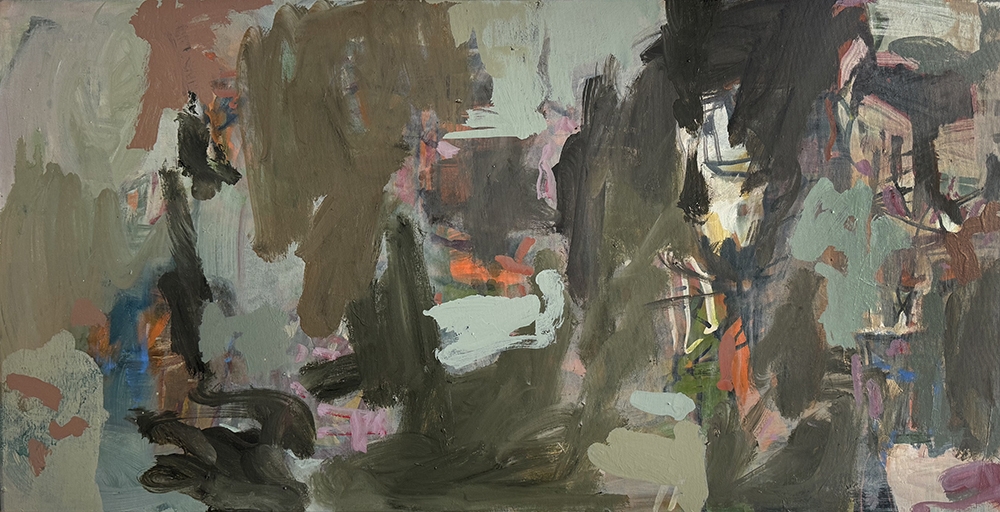
Day Passage 2024
Oil on canvas
63 x 124 cm
$3000 Framed
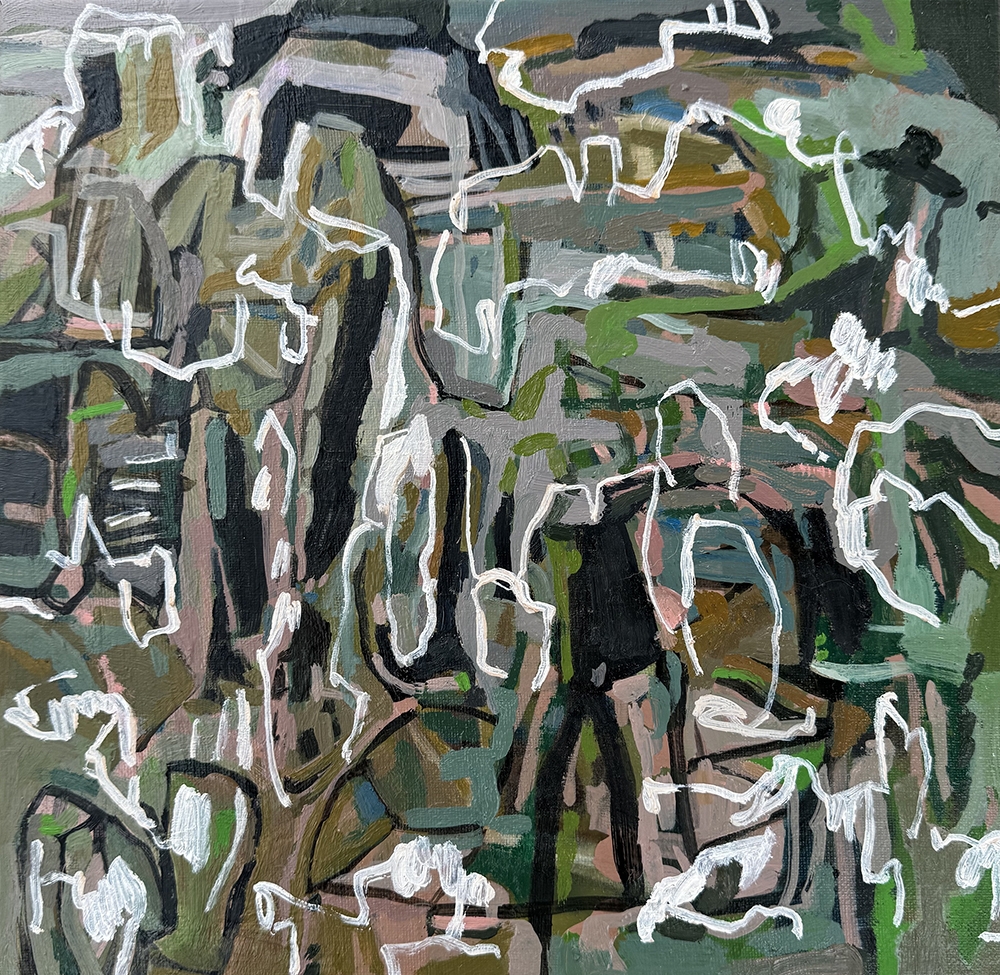
Scribbly Gum 2024
Oil on canvas
33 x 33 cm
$1200 Framed
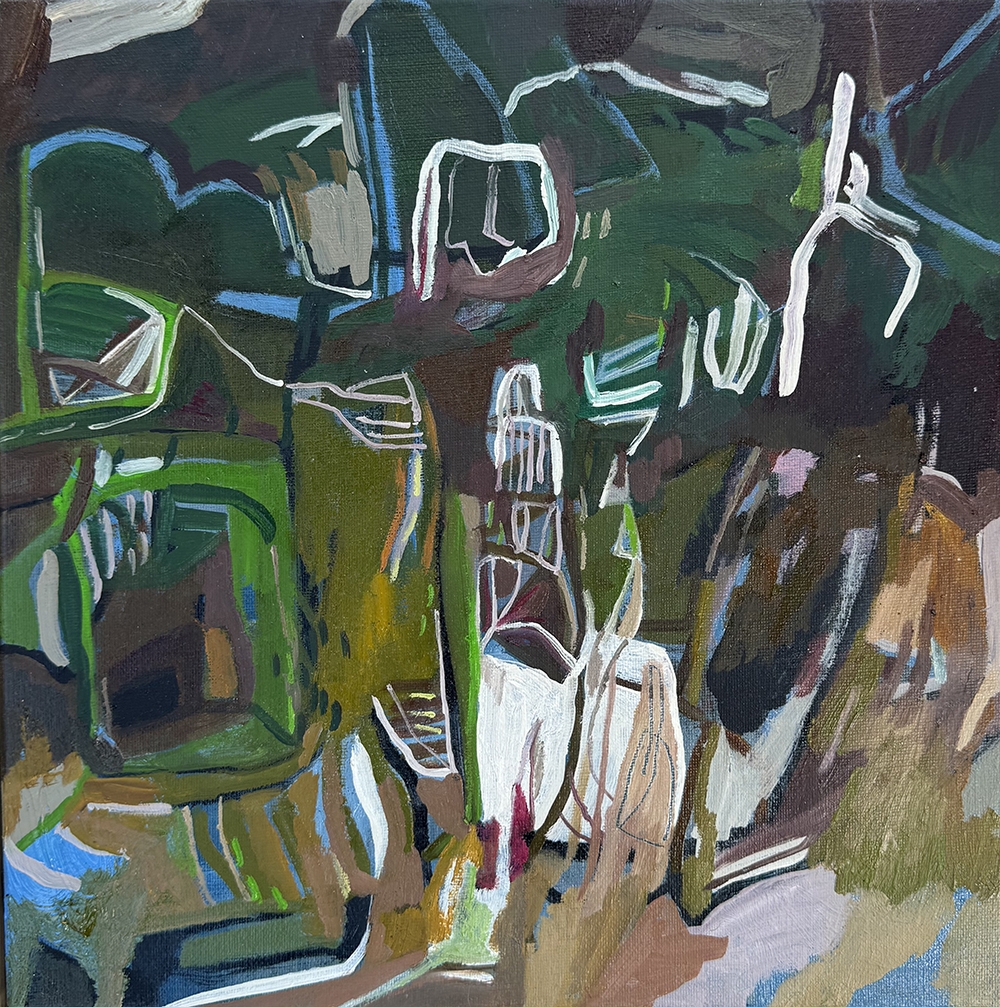
Losing Game 2024
Oil on canvas
33 x 33 cm
$1200 Framed
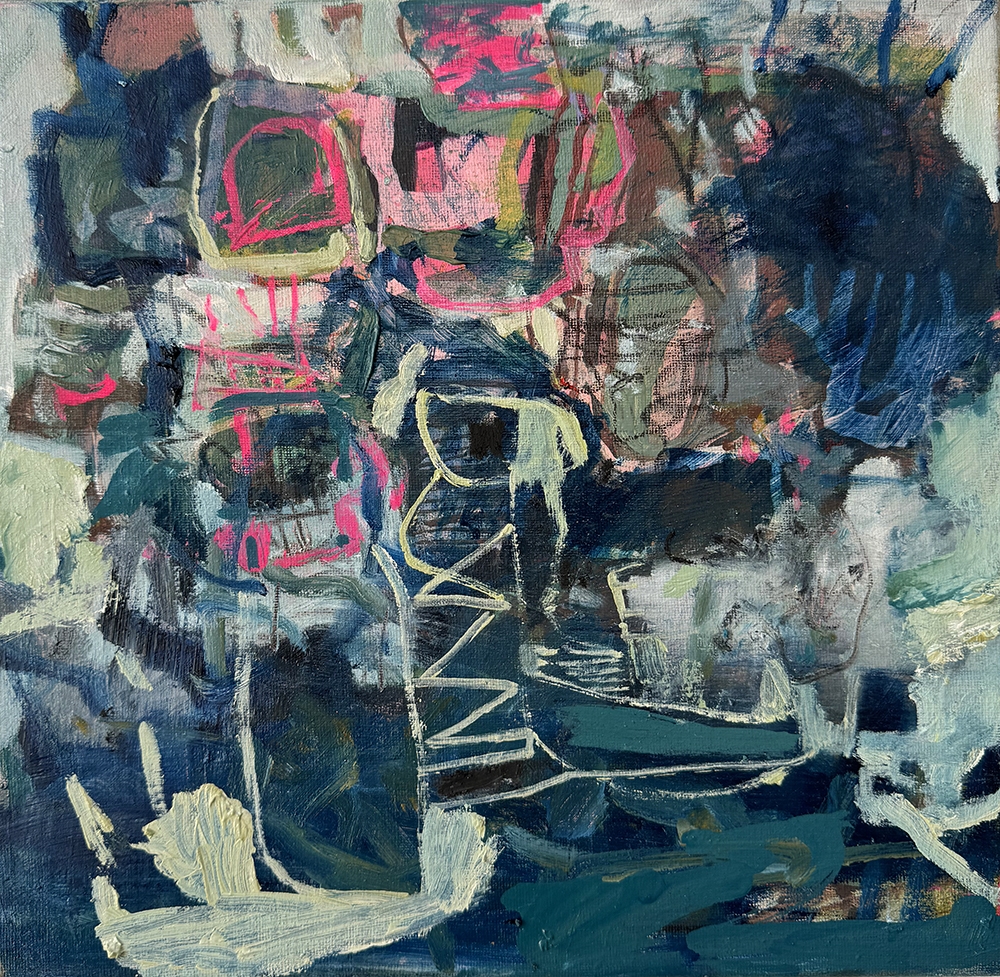
Ribald 2024
Oil on canvas
33 x 33 cm
$1200 Framed
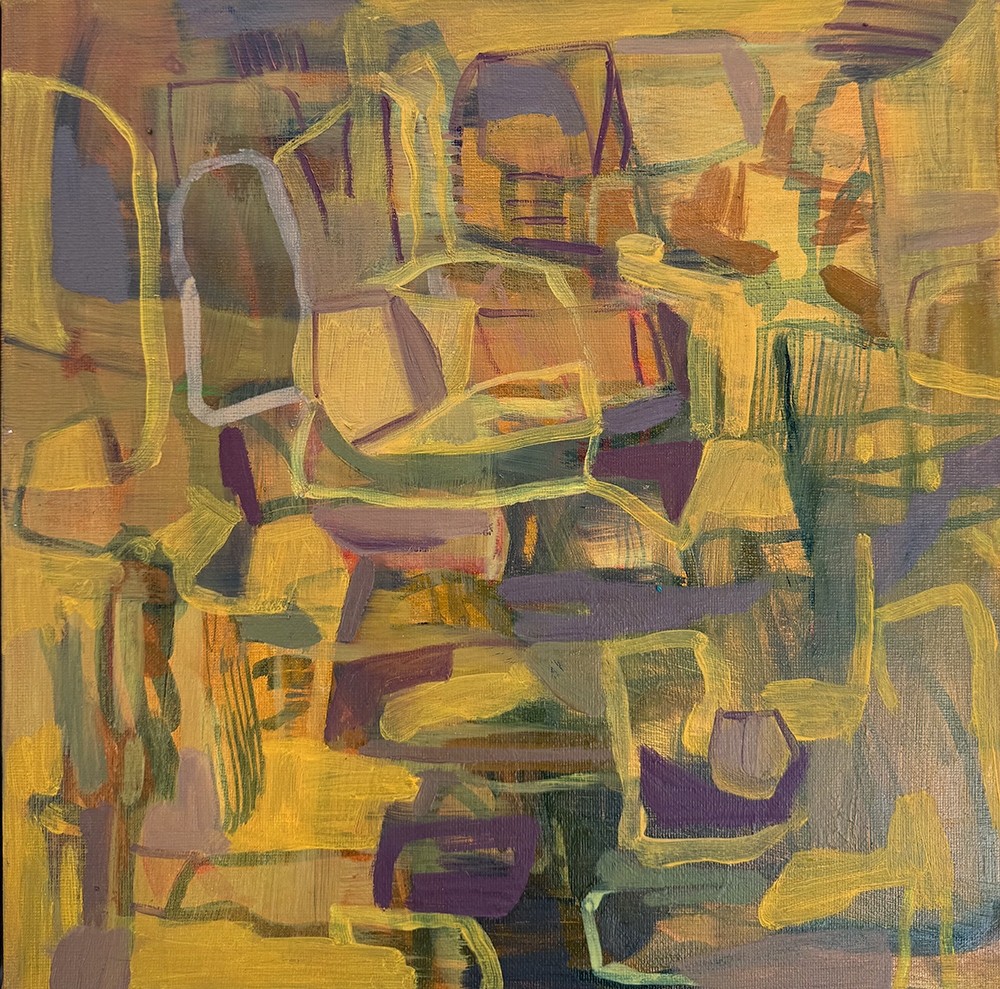
Afternoon Movie 2024
Oil on timber panel
33 x 33 cm
$1200 Framed
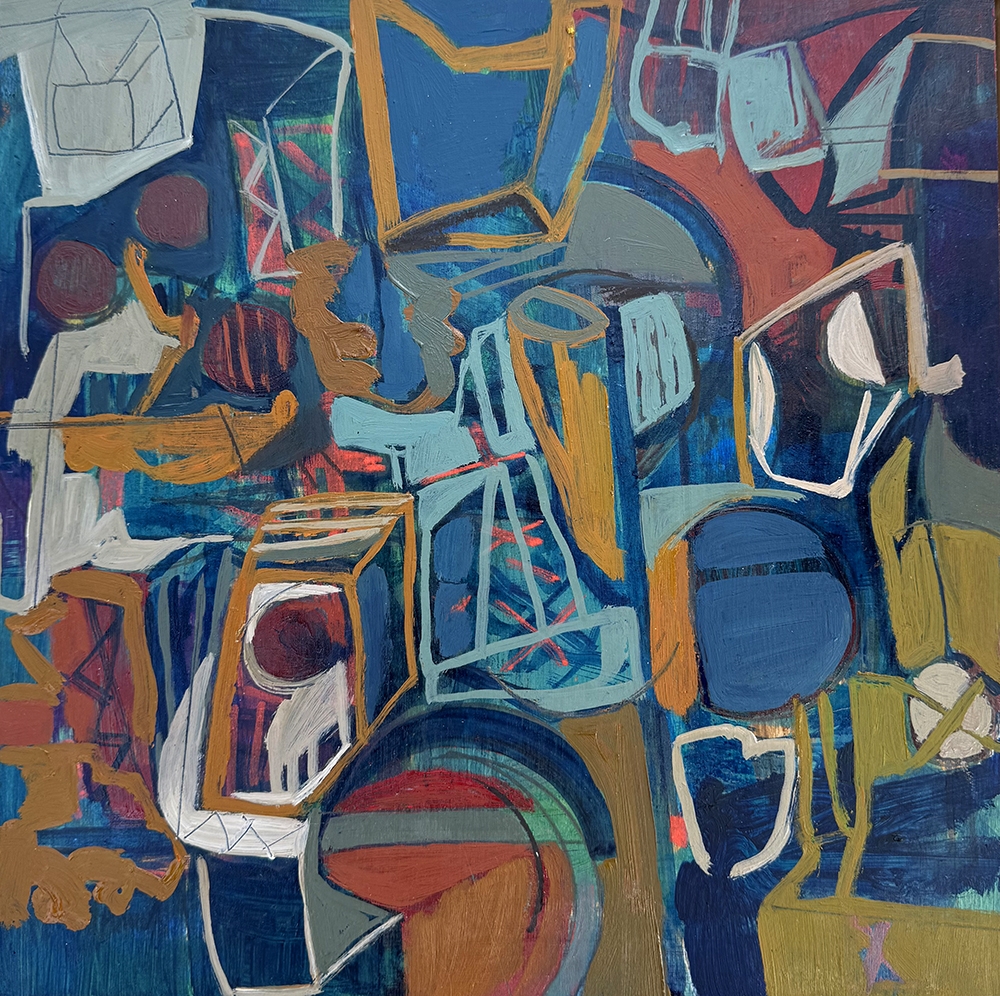
Board Games 2024
Oil on timber panel
33 x 33 cm
$1200 Framed
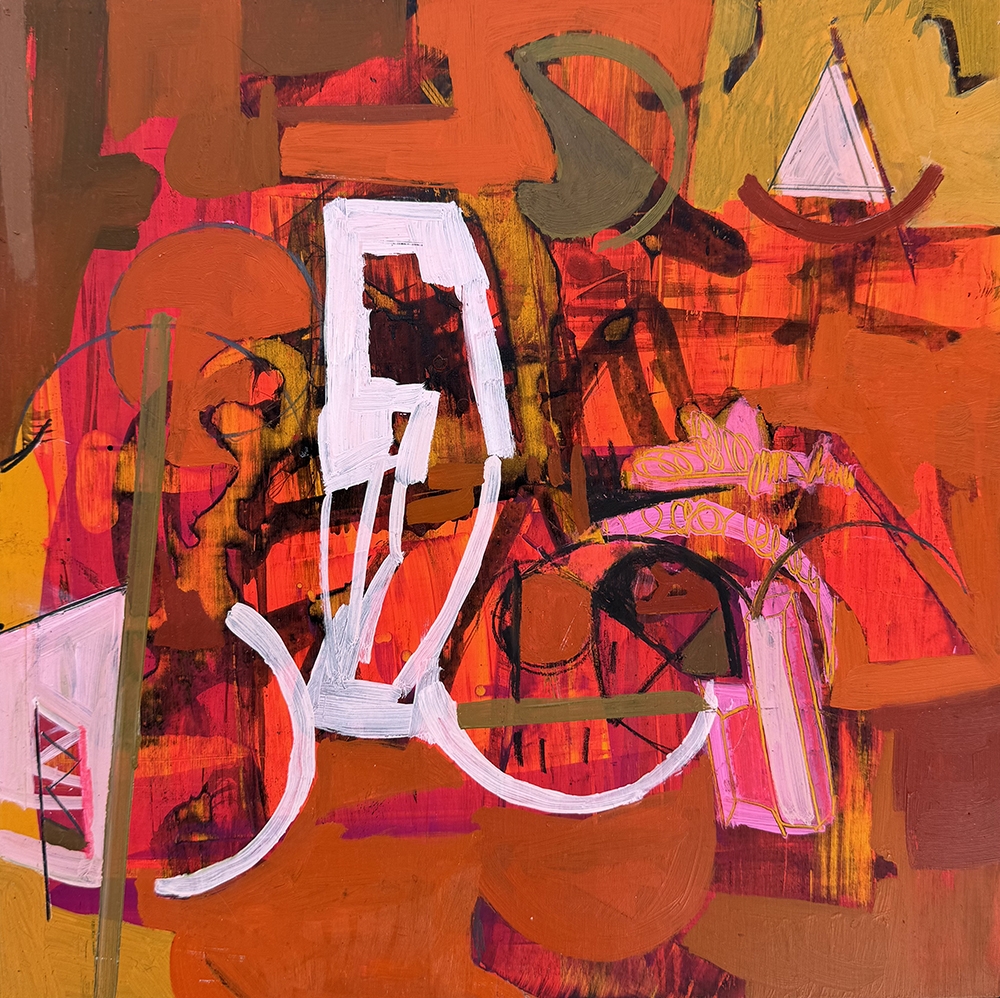
Cartwheeling 2024
Oil on timber panel
33 X 33 cm
$1200 Framed
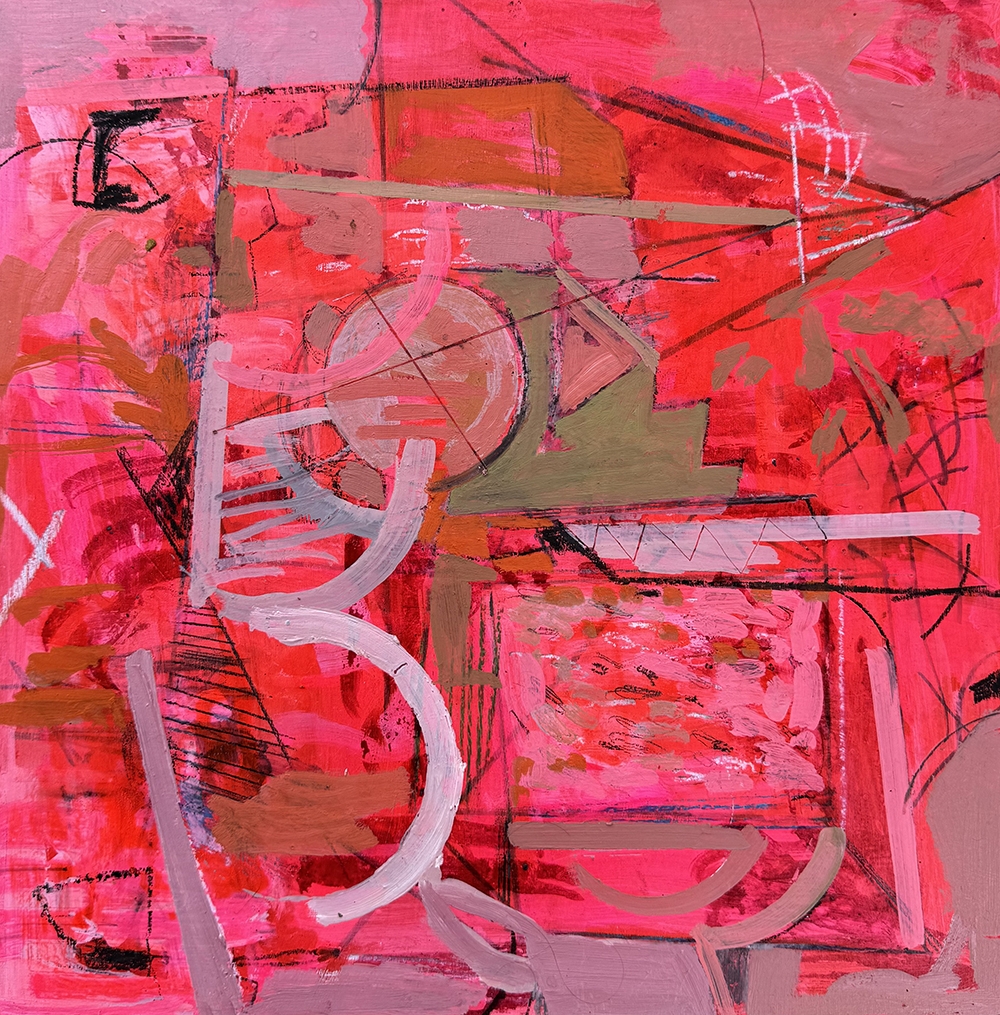
Celestial 2024
Oil on timber panel
33 x 33 cm
$1200 Framed

Evening Wings 2024
Oil on timber panel
33 x 33 cm
$1200 Framed

Heady 2024
Oil on timber panel
33 x 33 cm
$1200 Framed
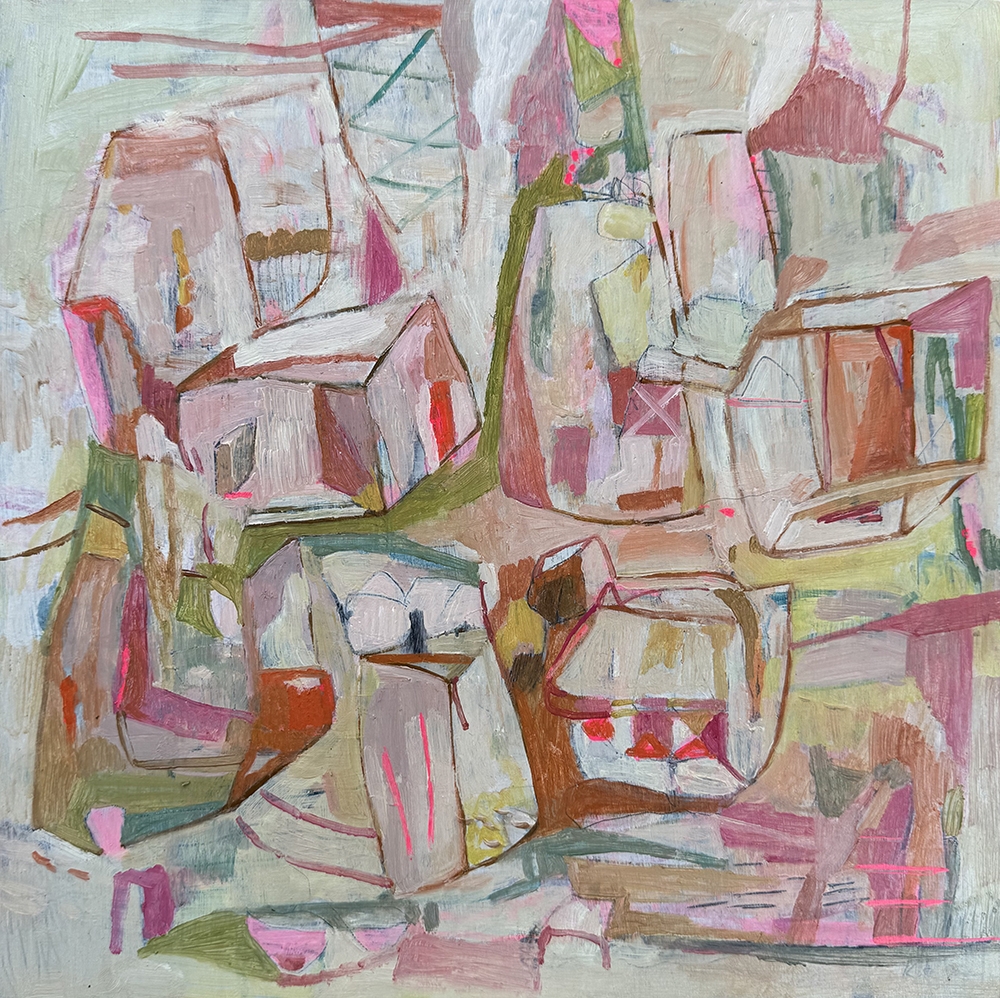
Improvise 2024
Oil on timber panel
33 x 33 cm
$1200 Framed
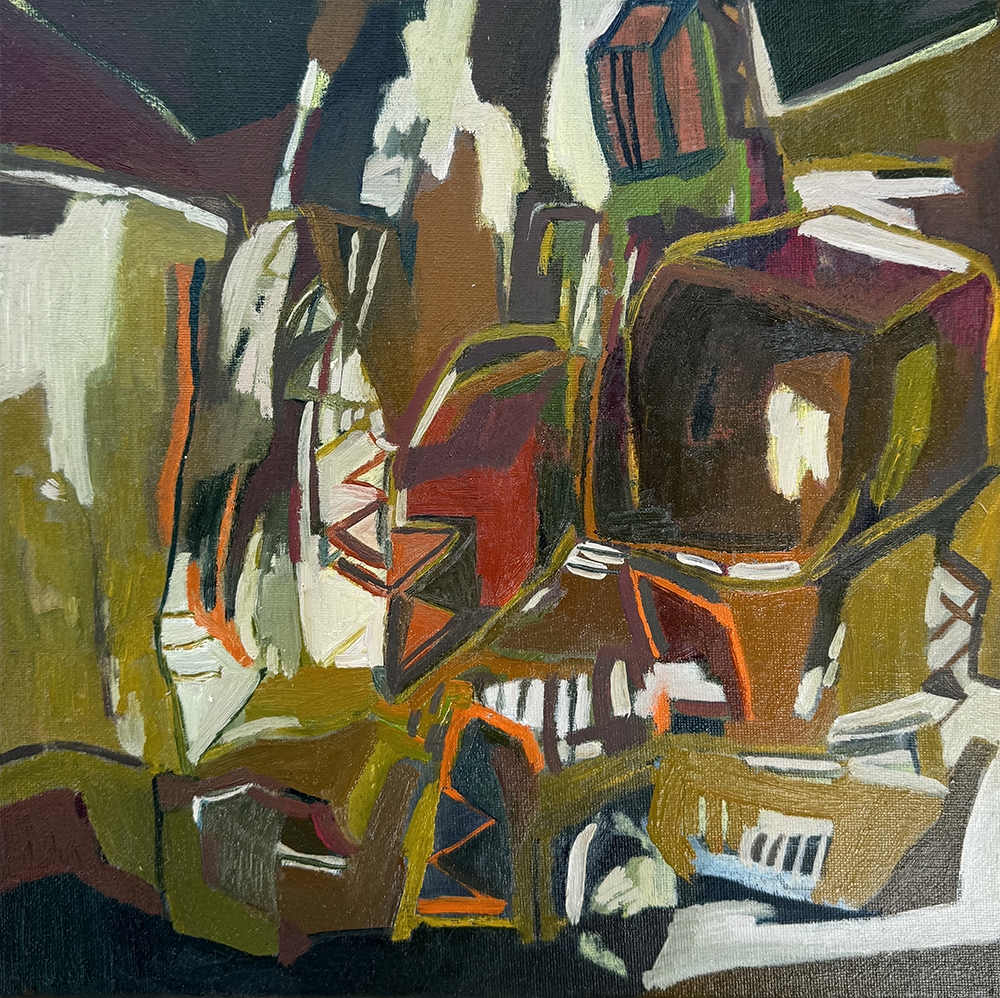
Mending 2024
Oil on timber panel
33 x 33 cm
$1200 Framed
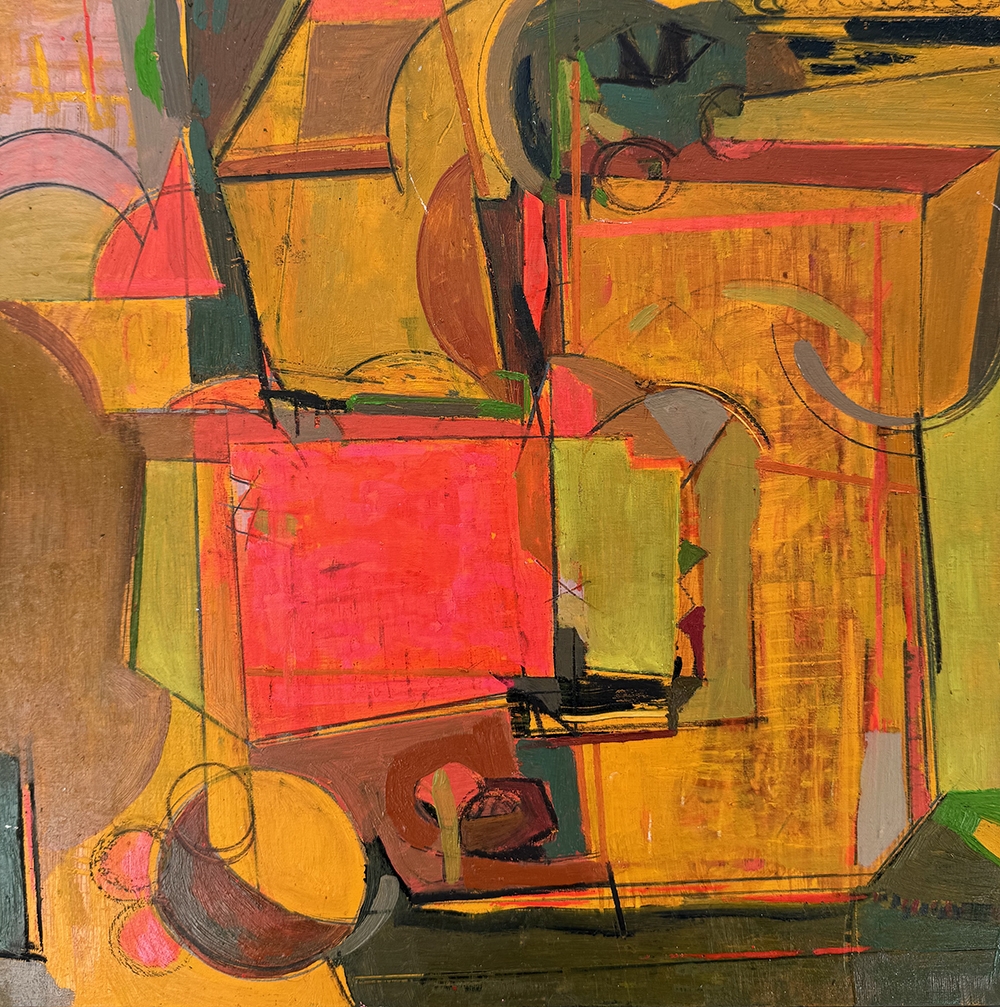
Small Packages 2023
Oil on timber panel
33 x 33 cm
$1200 Framed
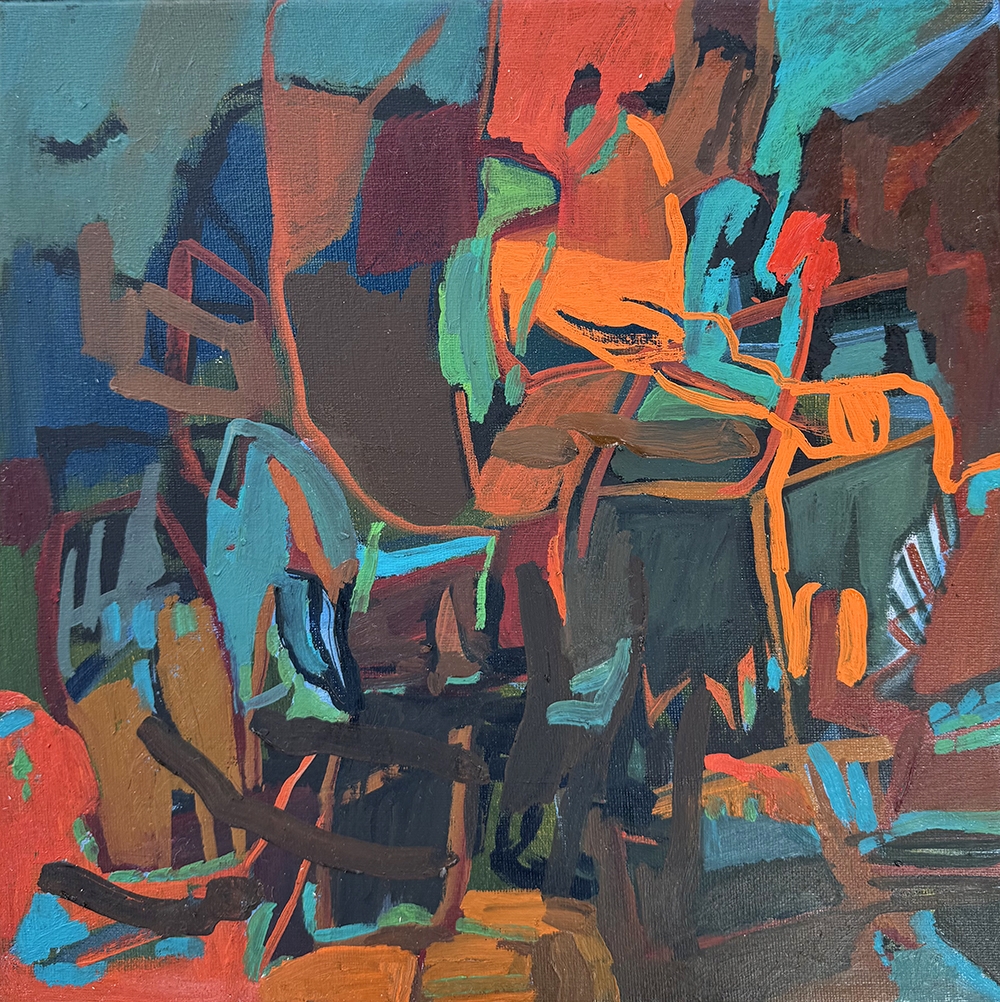
Strange Effect 2024
Oil on timber panel
33 x 33 cm
$1200 Framed
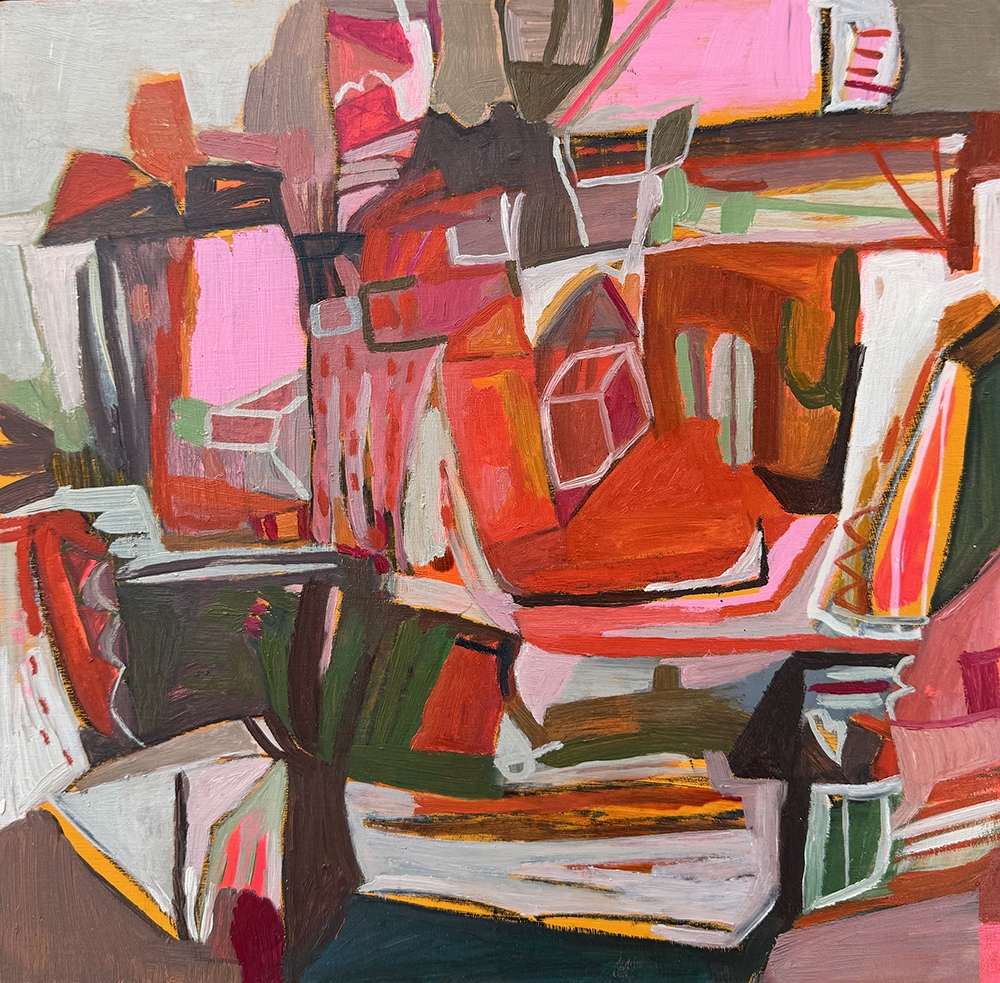
Sun Protection 2024
Oil on timber panel
33 x 33 cm
$1200 Framed
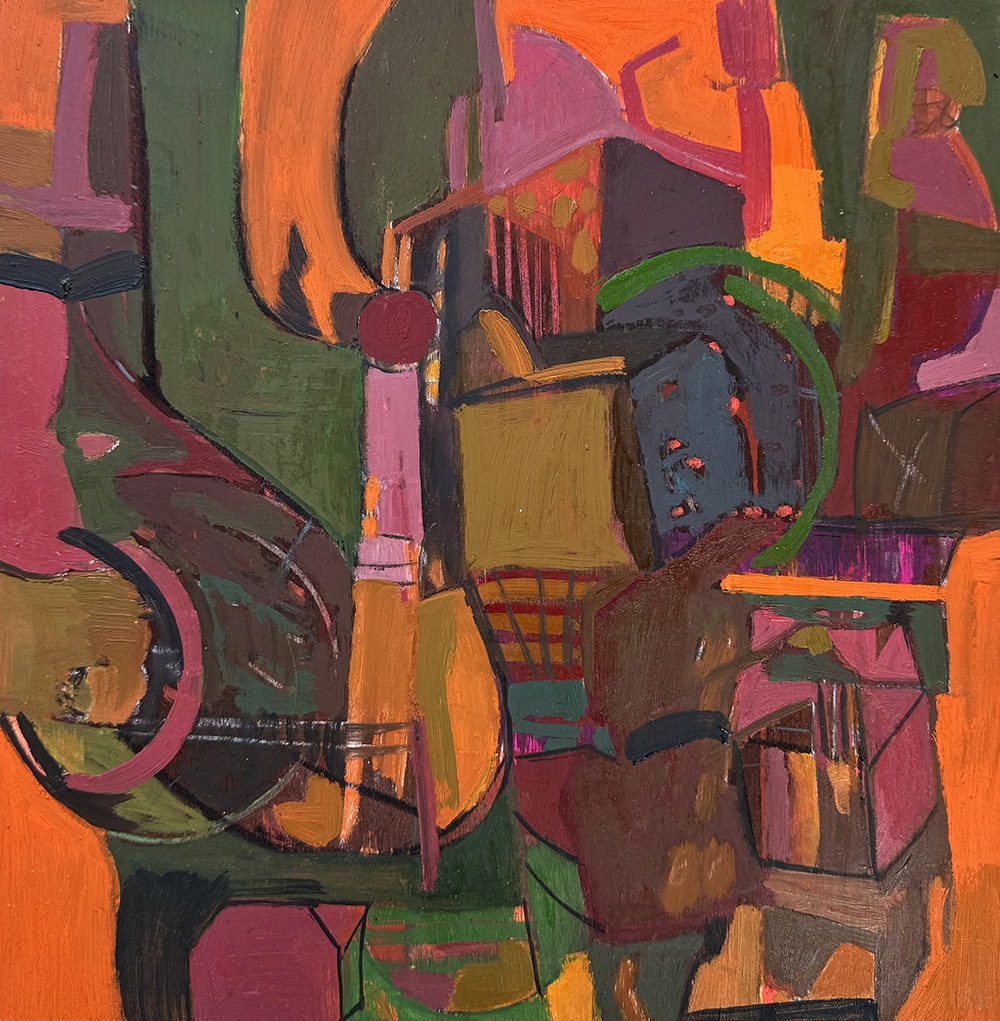
Time Frames 2024
Oil on timber panel
33 x 33 cm
$1200 Framed
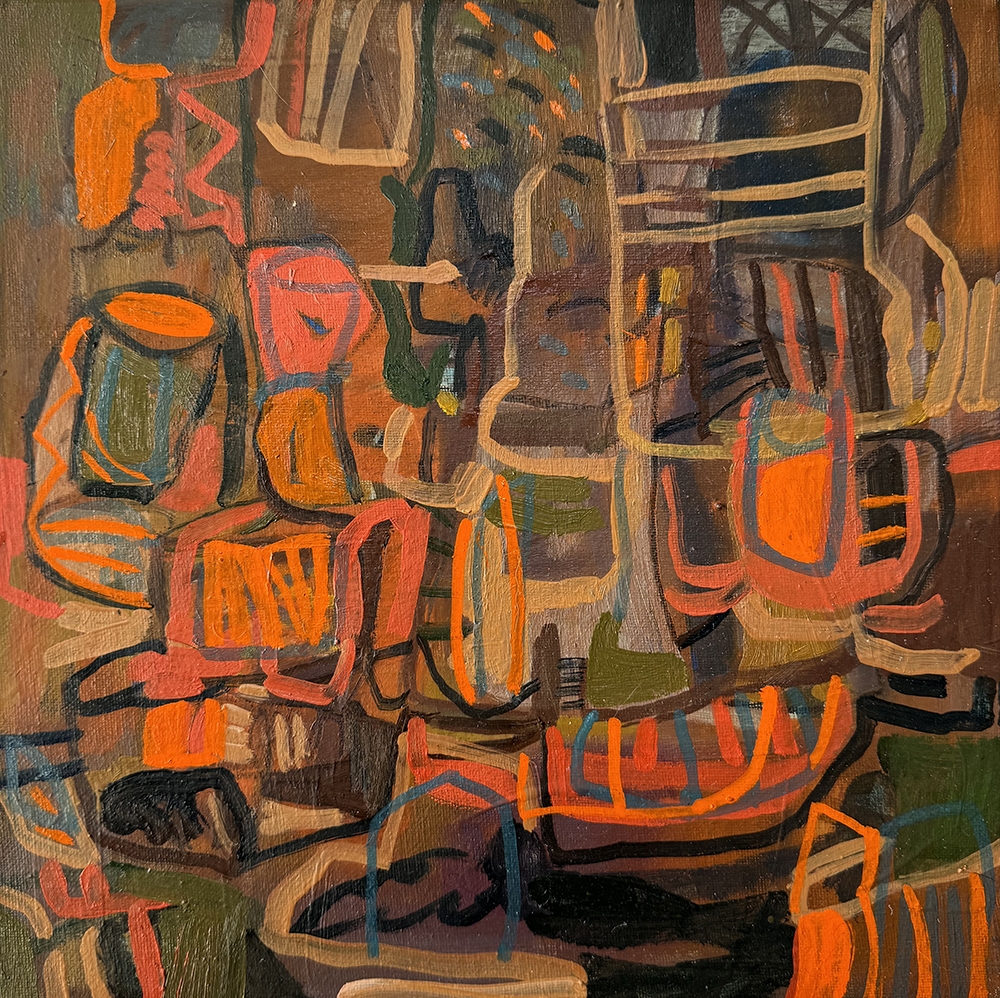
Terracotta Pots 2024
Oil on canvas
33 x 33 cm
$1200 Framed
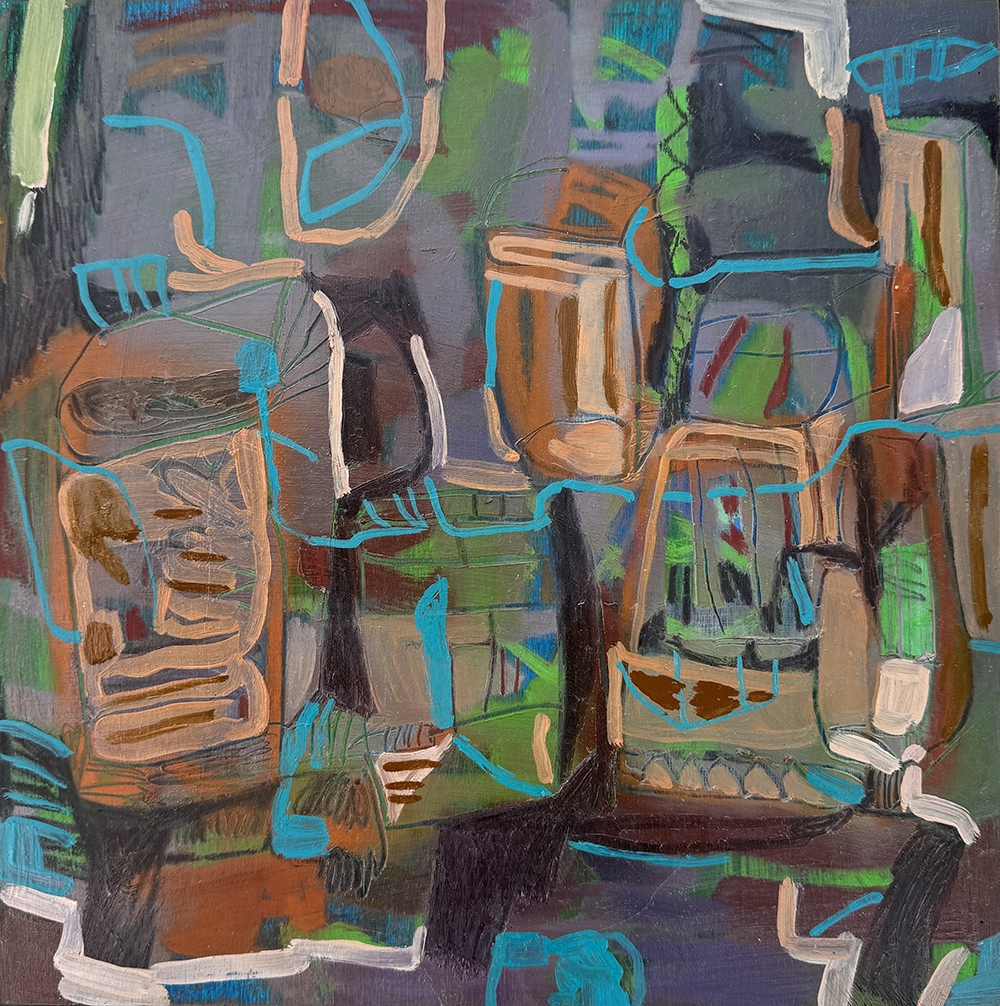
Consolidate 2024
Oil on timber panel
33 x 33 cm
$1200 Framed
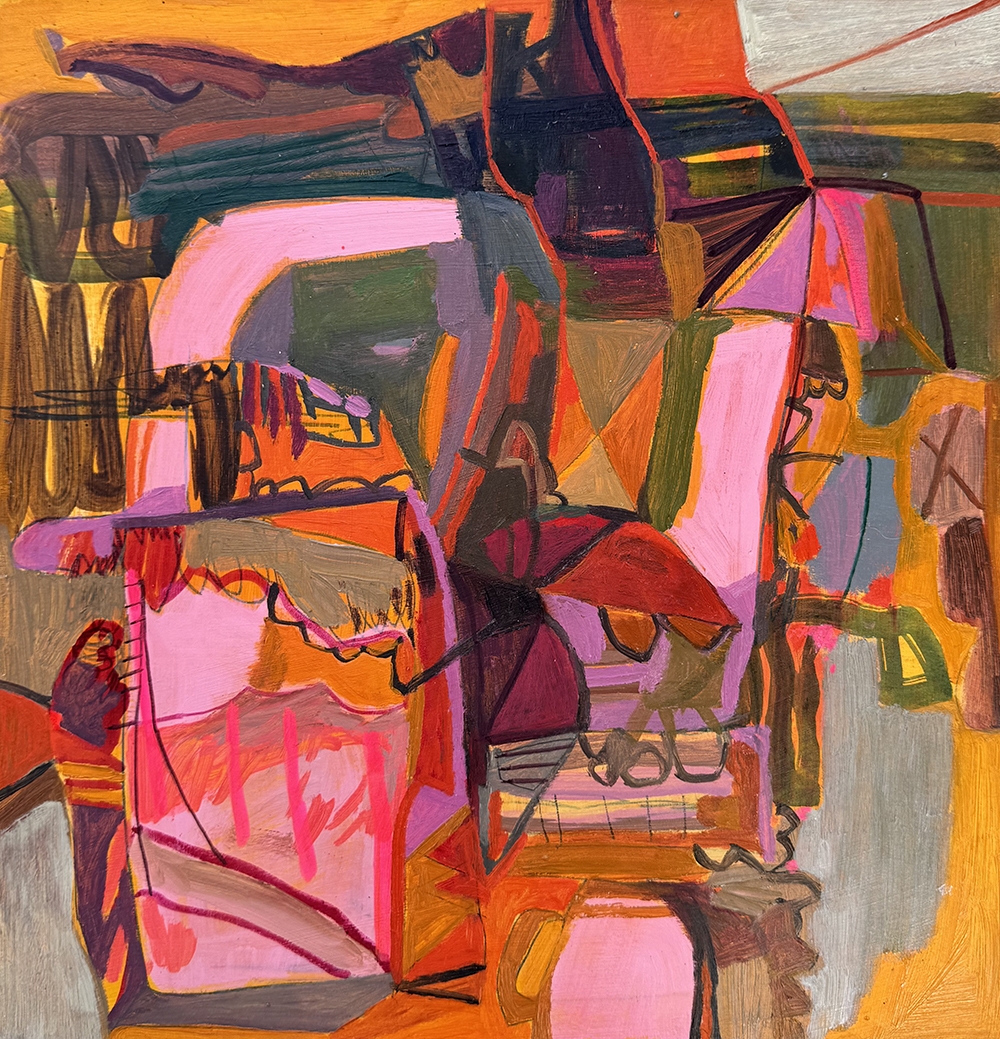
Top Shop 2024
Oil on timber panel
33 x 33 cm
$1200 Framed
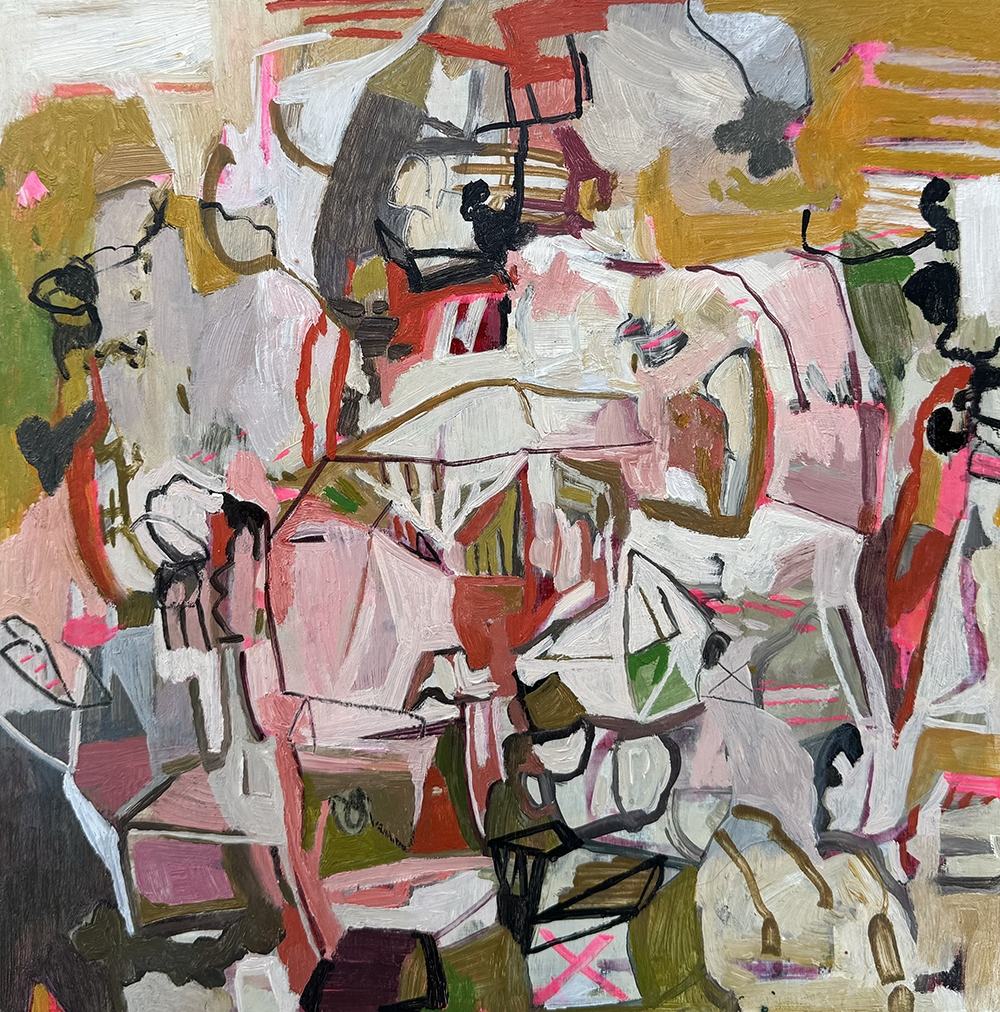 Sold
Sold
Wild Life 2024
Oil on timber panel
33 x 33 cm
$1200 Sold
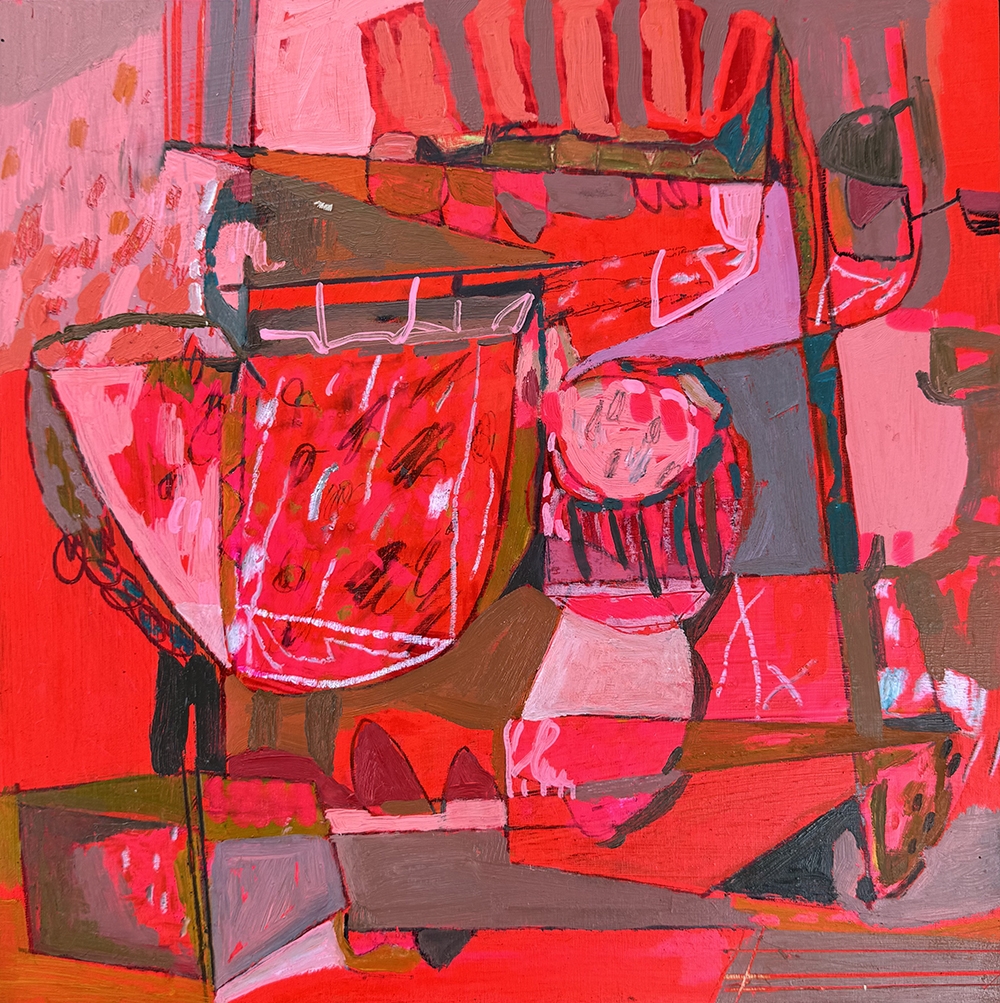
Swagger 2024
Oil on timber panel
33 x 33 cm
$1200 Framed
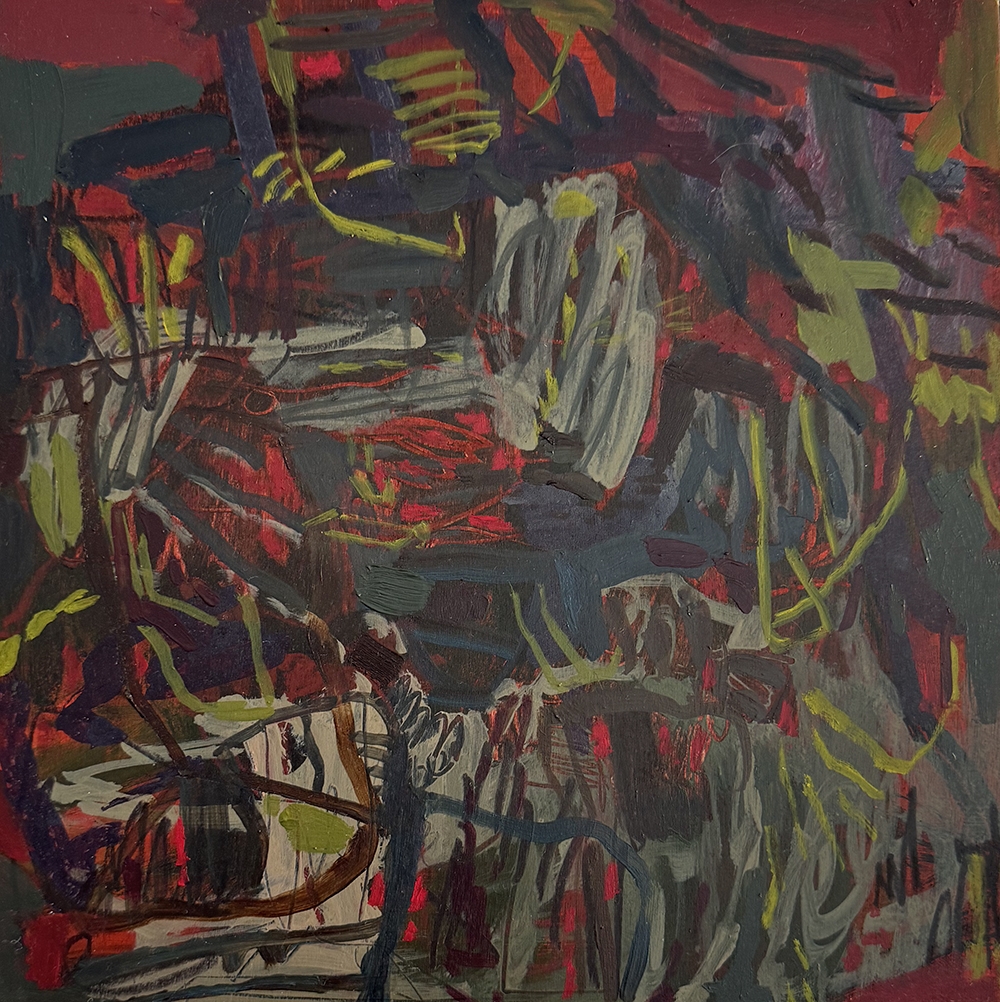
Sweep 2024
Oil on timber panel
28 x 28 cm
$990 Framed
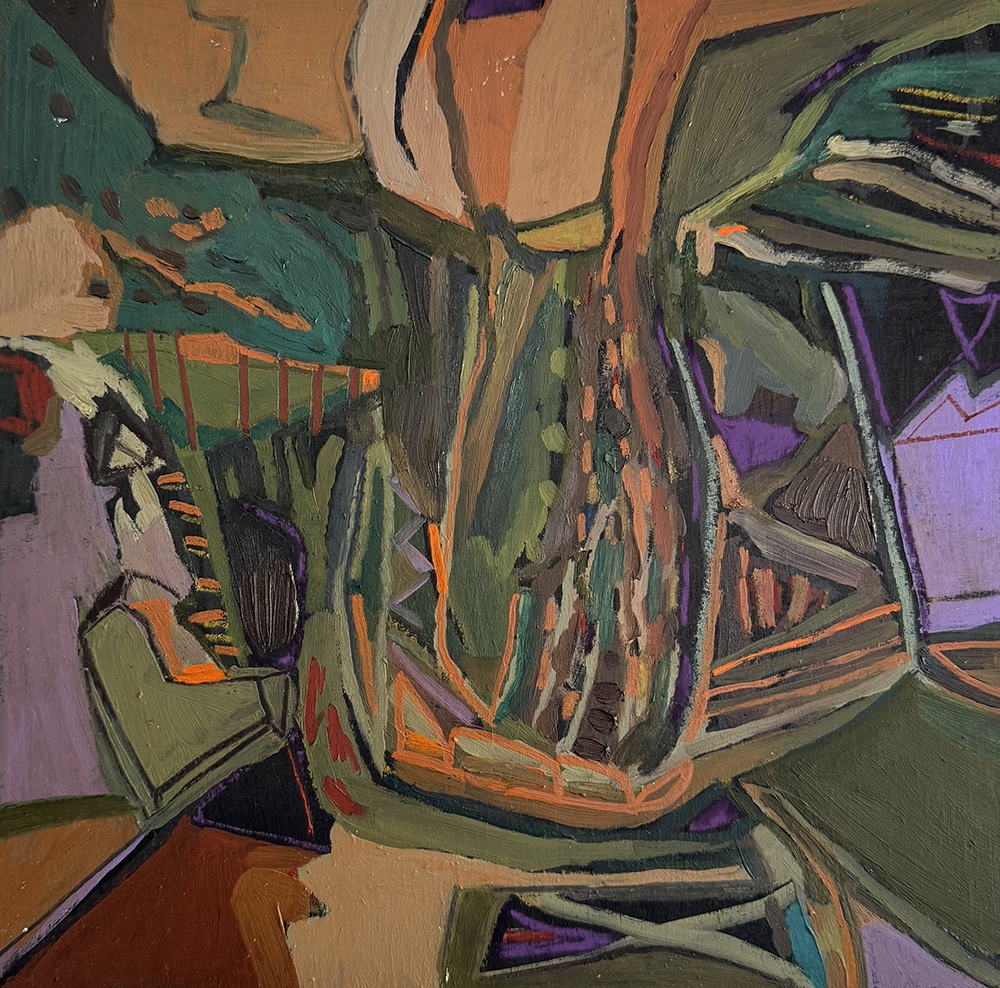
Nourish 2024
Oil on timber panel
28 x 28 cm
$990 Framed
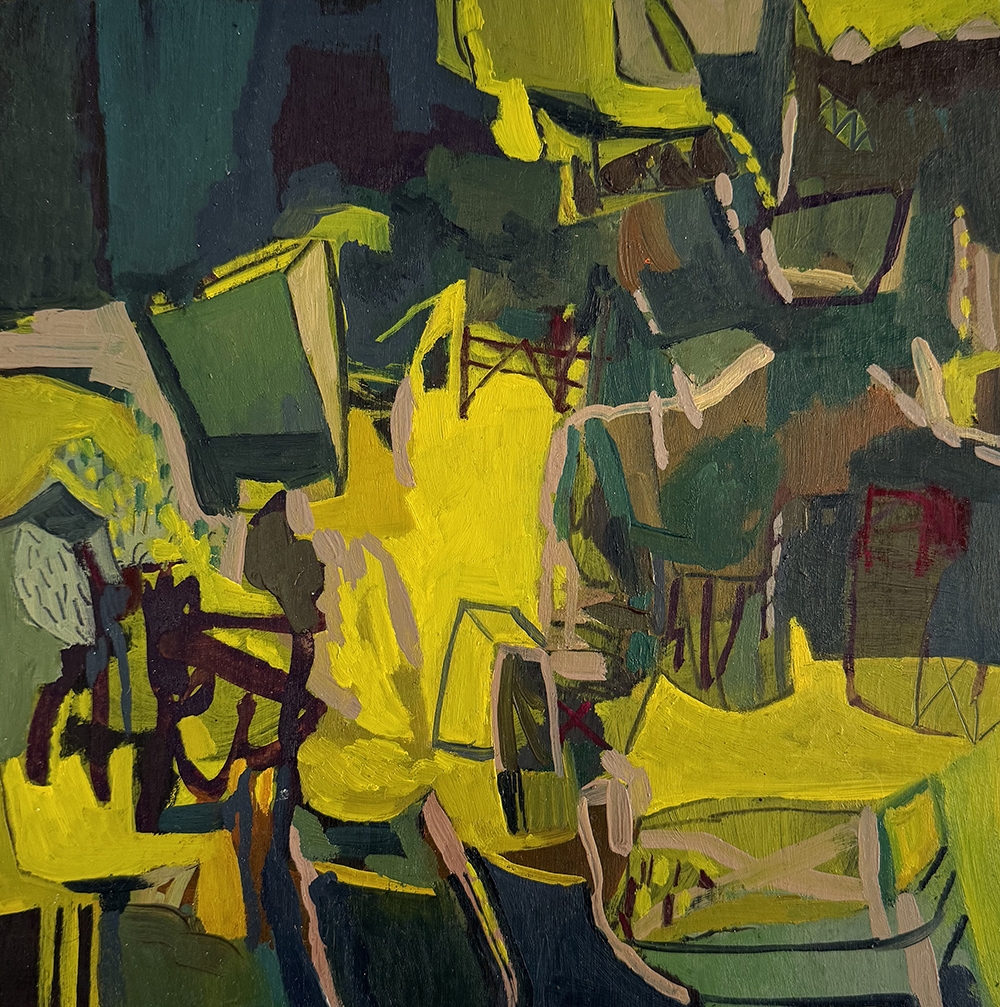
Trickery 2024
Oil on timber panel
28 x 28 cm
$990 Framed
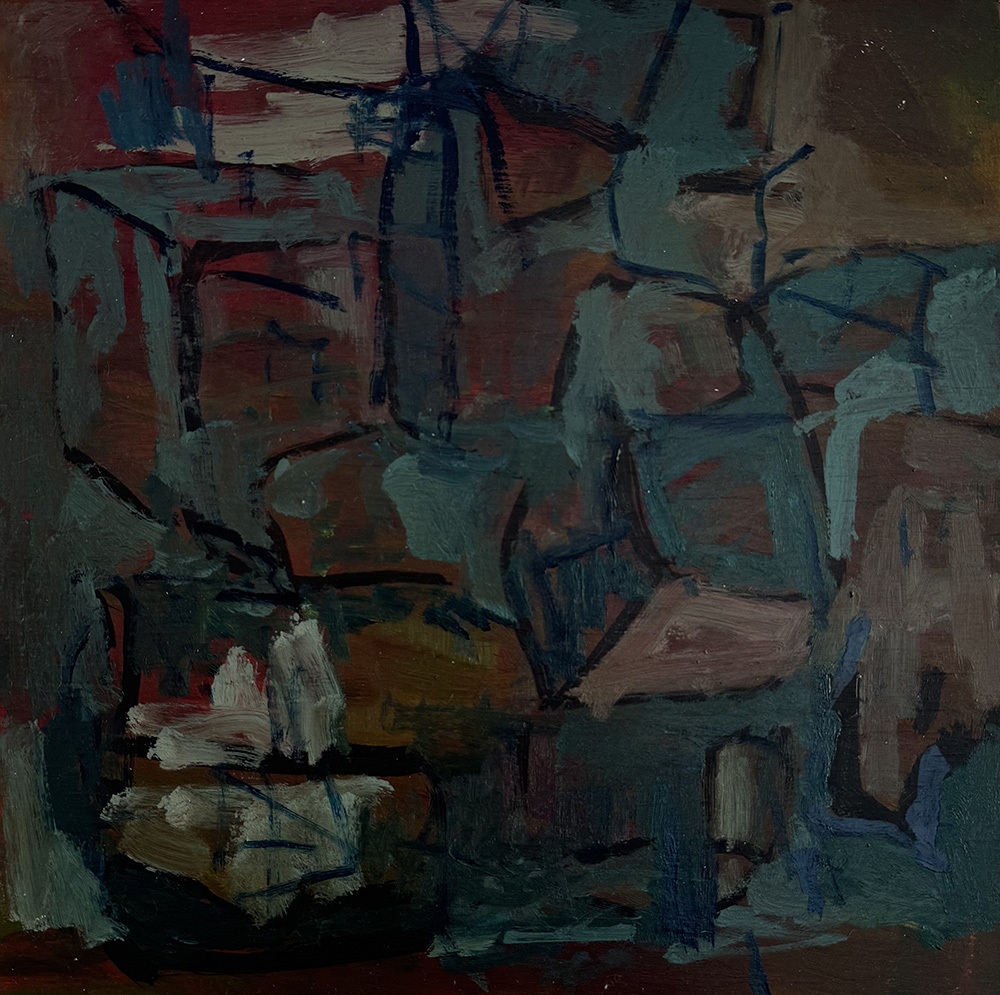
Crates 2024
Oil on timber panel
28 x 28 cm
$990 Framed
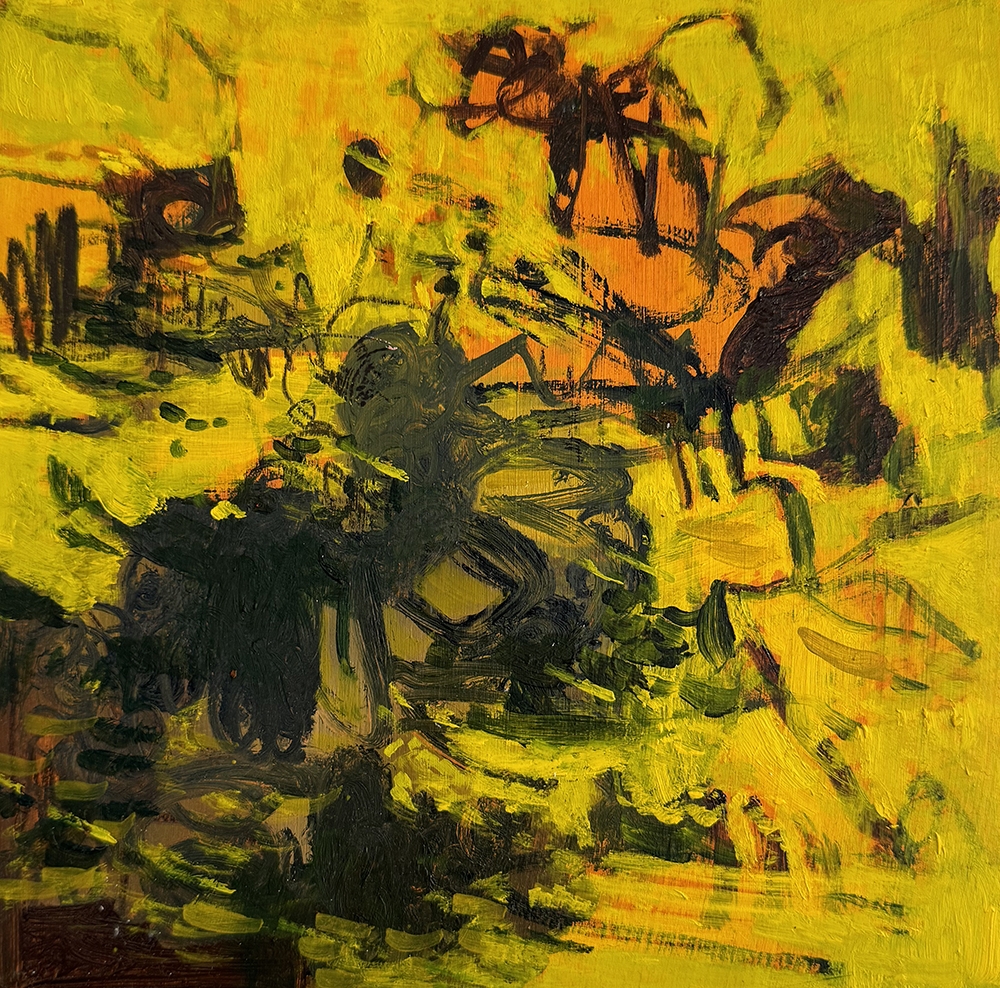
Tussock Walk 2024
Oil on timber panel
23 x 23 cm
$1000 Framed
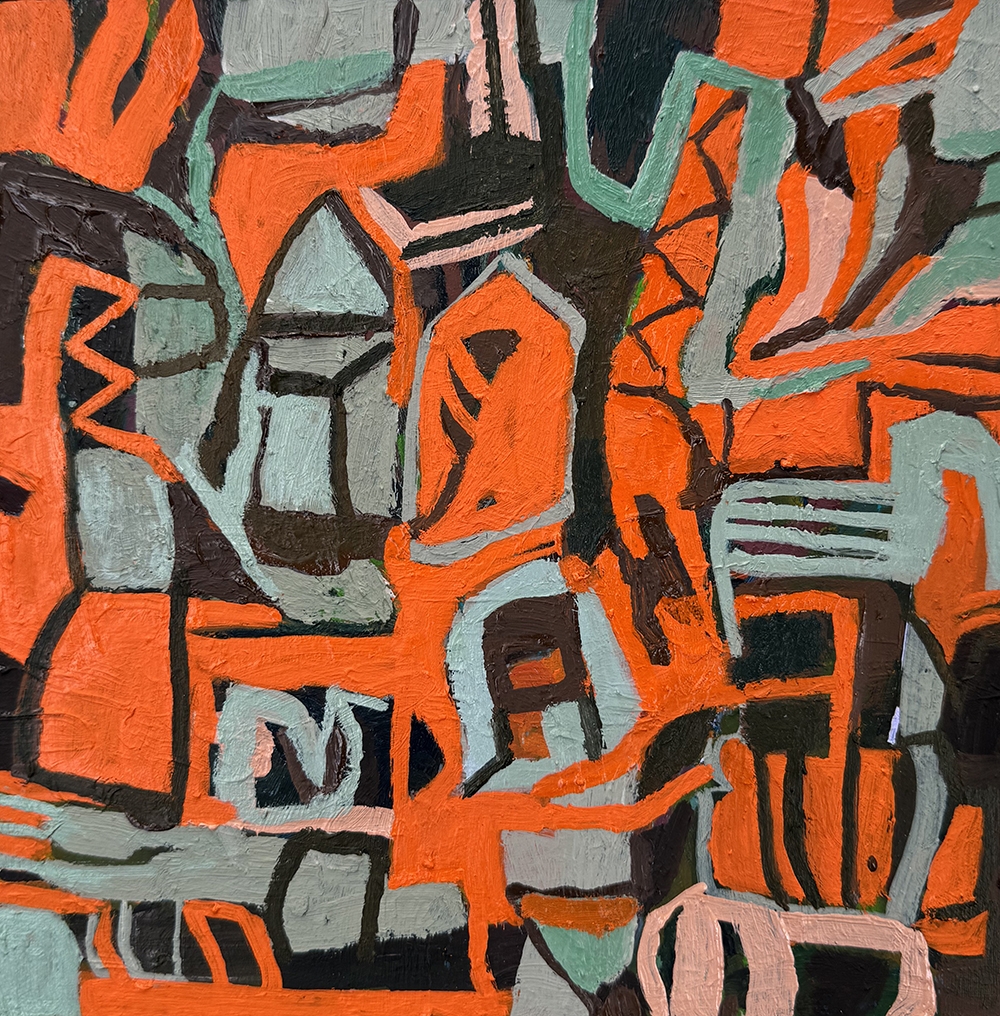
Gadget 2024
Oil on timber panel
23 x 23 cm
$550 Framed
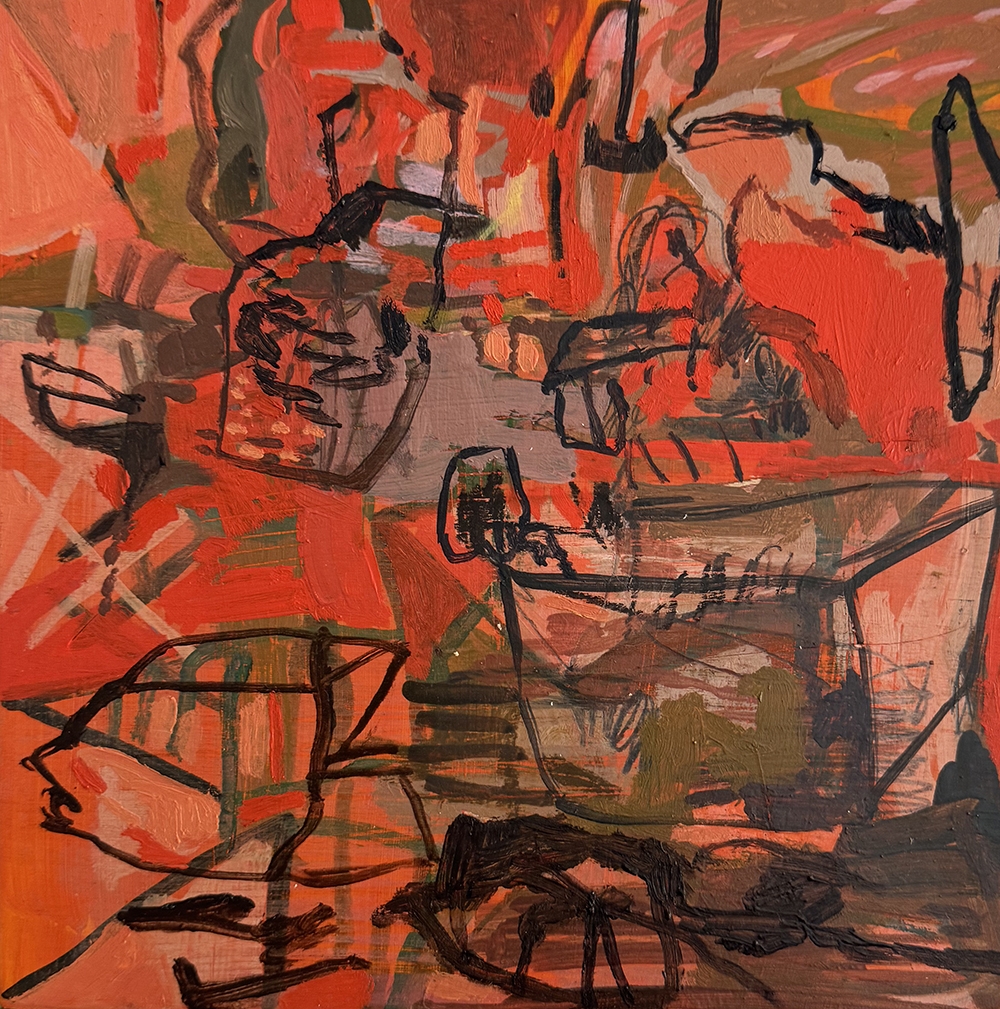
Flame Thrower 2024
Oil on timber panel
23 x 23 cm
$550 Framed
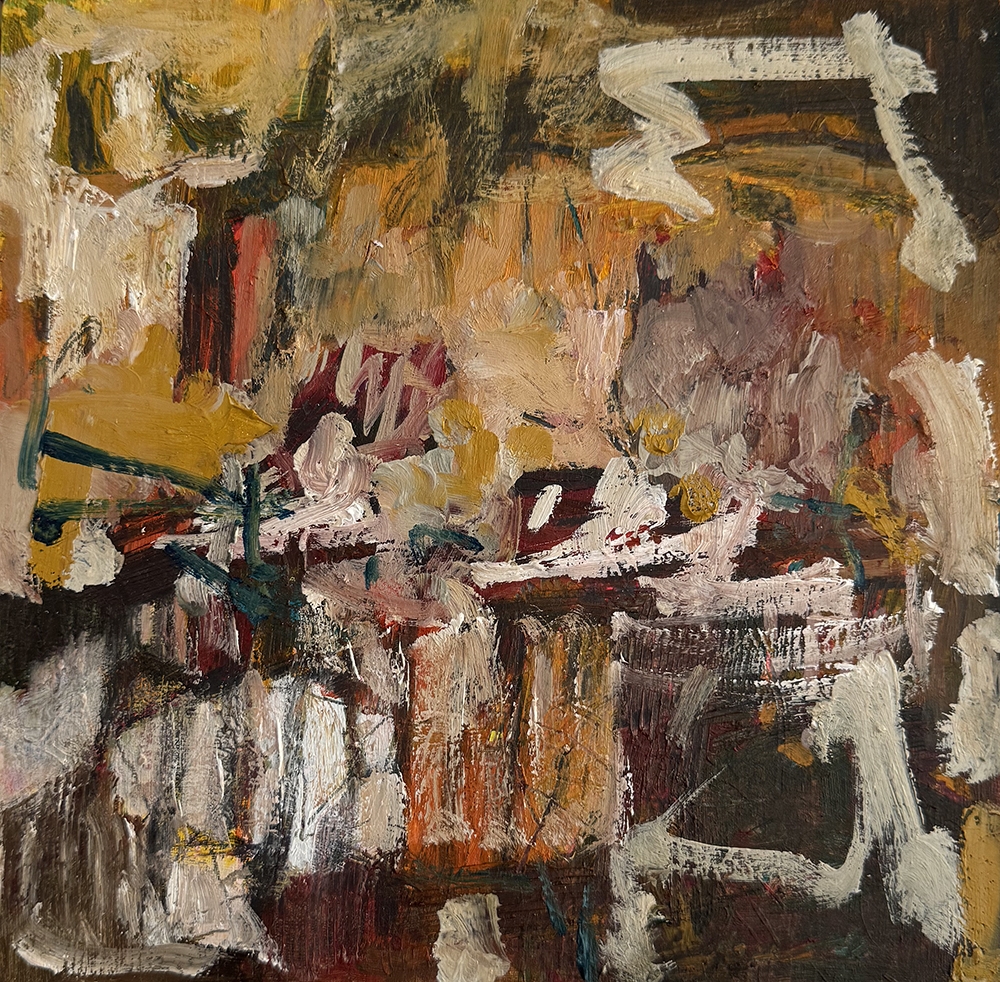
Limonite 2024
Oil on canvas
23 x 23 cm
$550 Framed
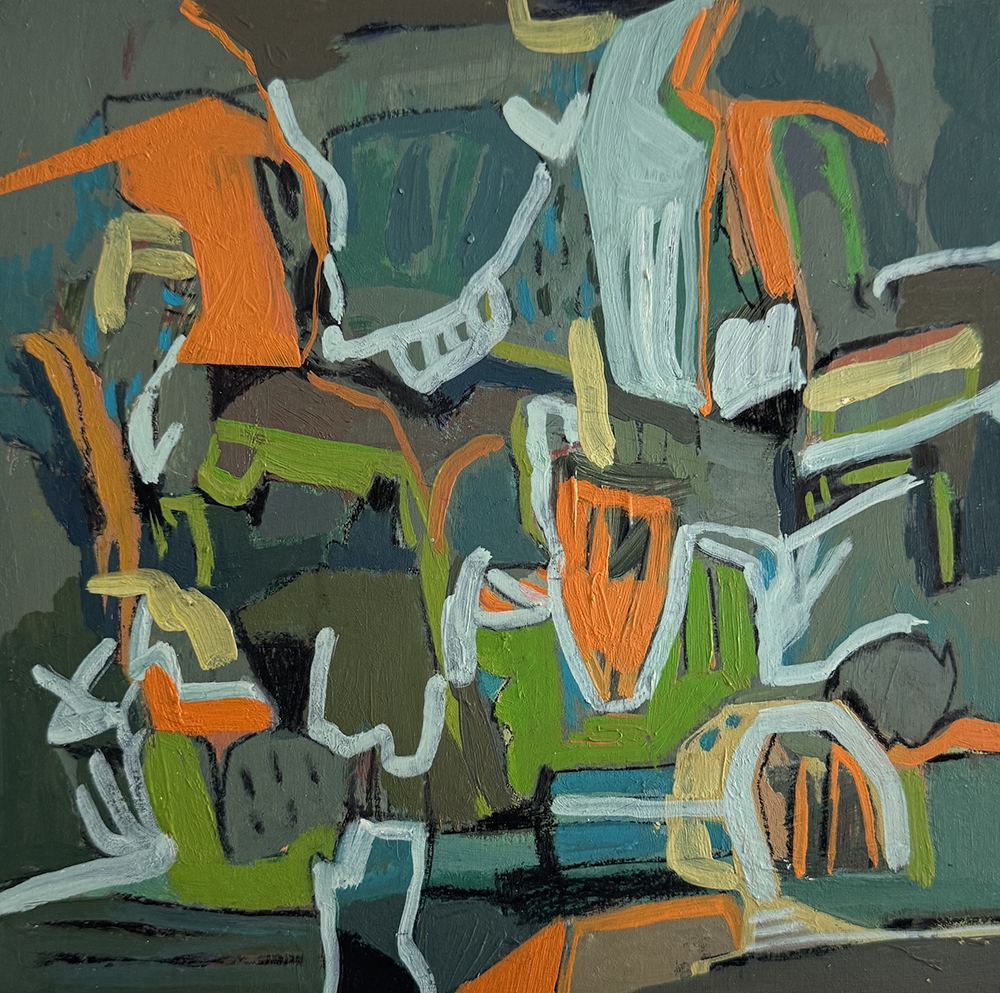
More Than This 2024
Oil on timber panel
23 x 23 cm
$550 Framed
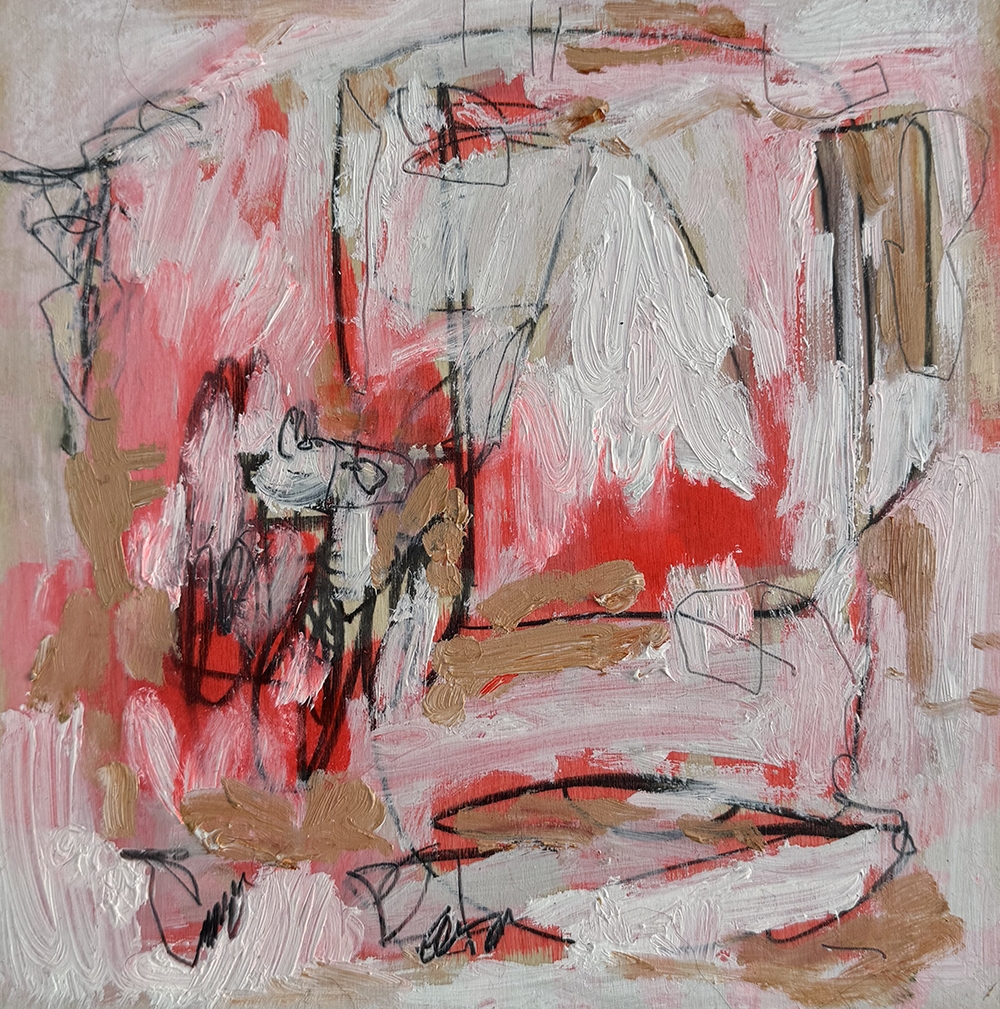 Sold
Sold
Pink Nevada 2024
Oil on timber panel
23 x 23 cm
$550 Sold
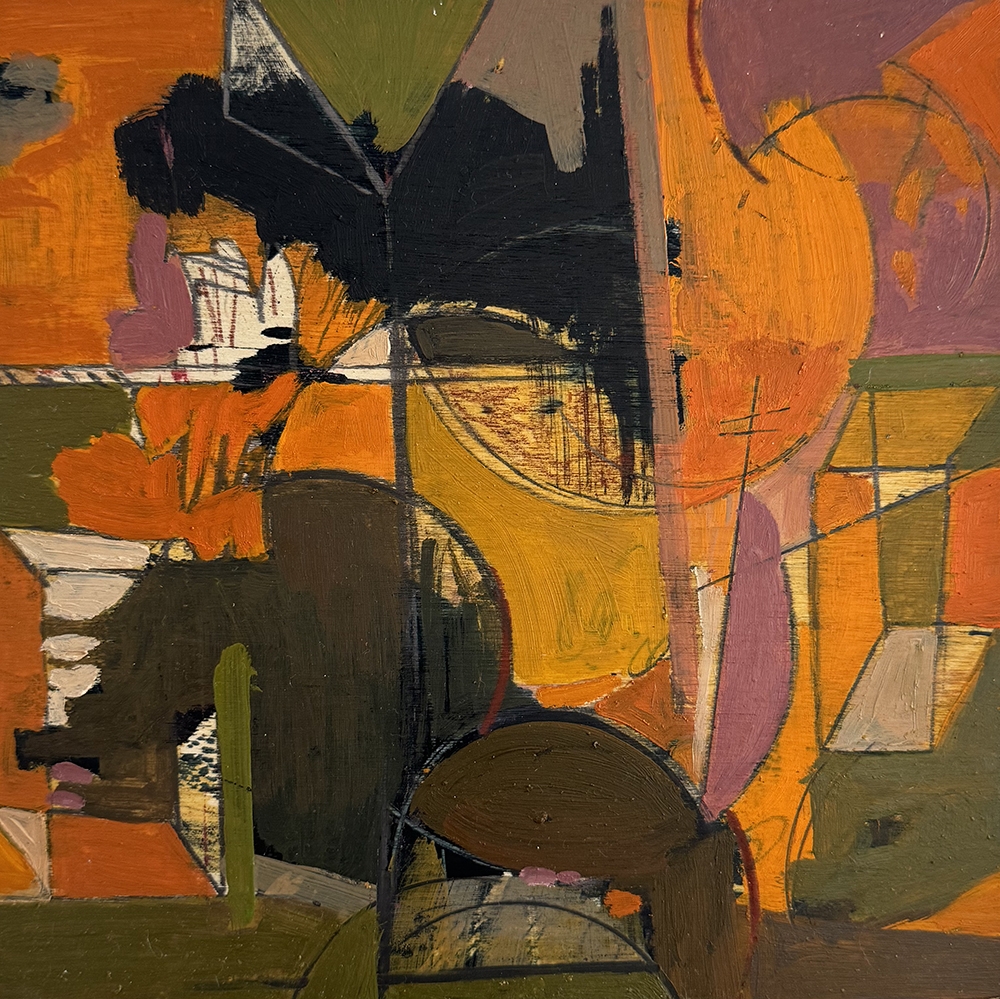 Sold
Sold
Sun Dial 2024
Oil on timber panel
23 x 23 cm
$550 Sold
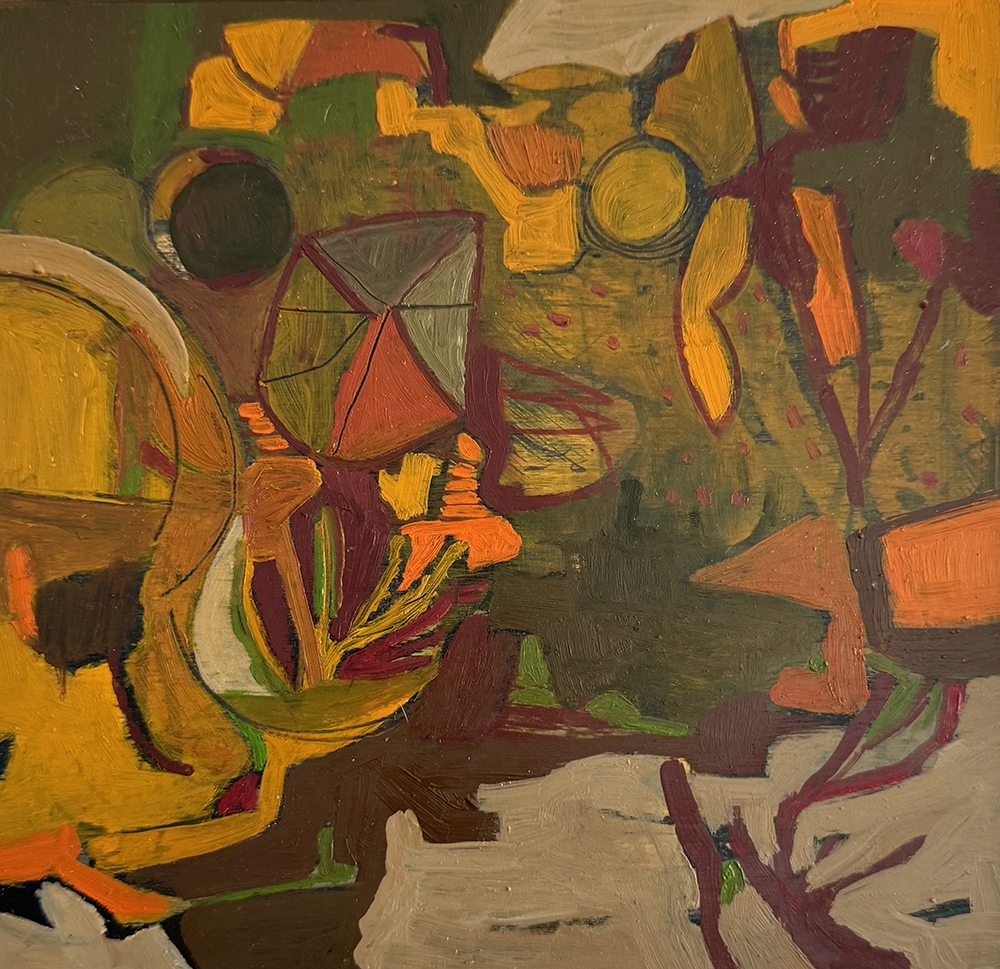 Sold
Sold
Umbrella Garden 2024
Oil on timber panel
23 x 23 cm
$550 Sold
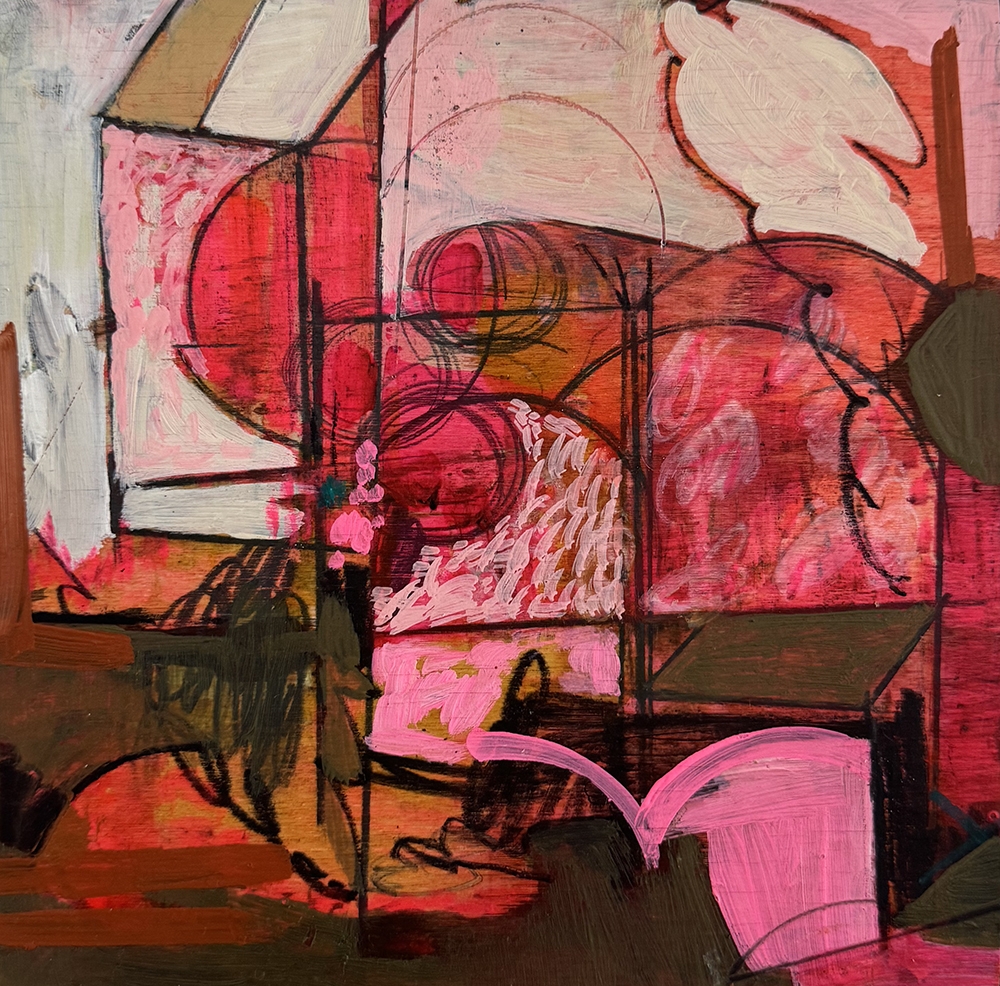
Weekend Visit 2024
Oil on timber panel
23 x 23 cm
$550 Framed
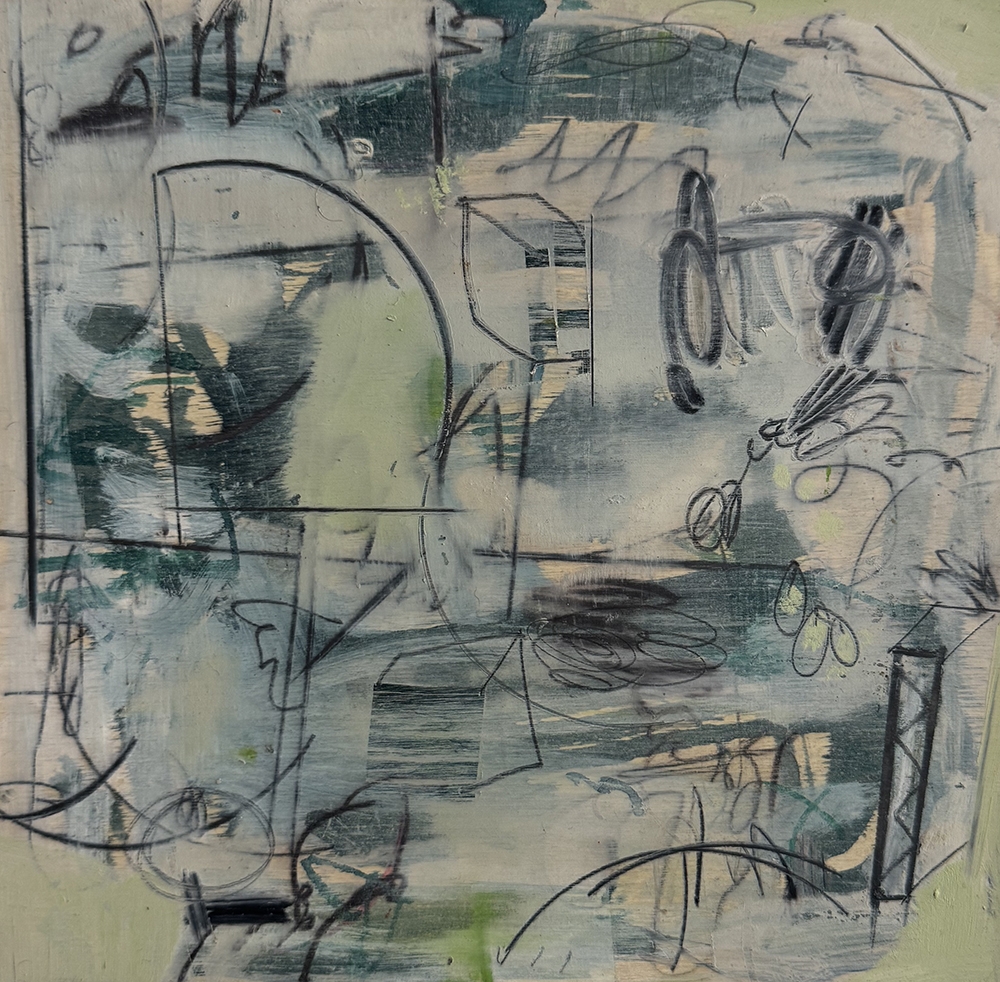
Agitate 2024
Oil on timber panel
23 x 23 cm
$550 Framed
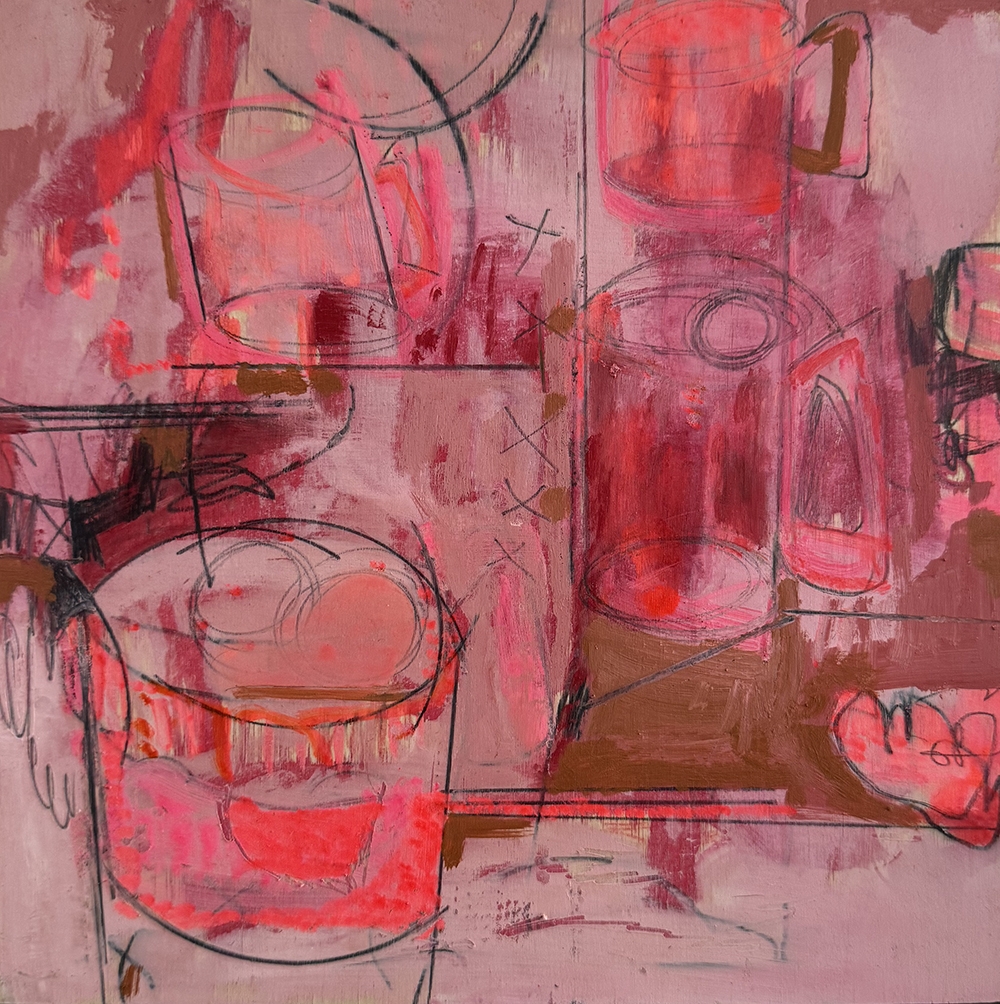 Sold
Sold
Coffee Cups Spills 2024
Oil on timber panel
23 x 23 cm
$550 Sold
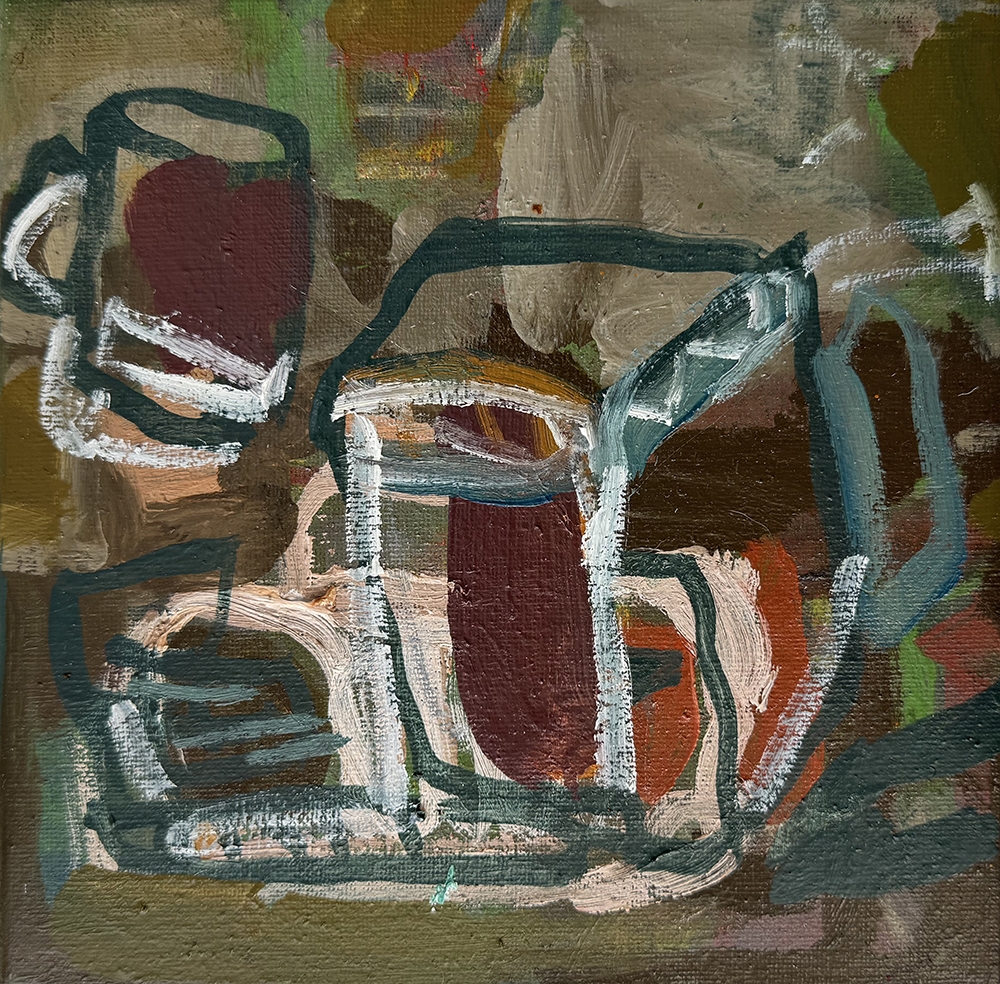
Mug Shots 2024
Oil on canvas
23 x 23 cm
$550 Framed
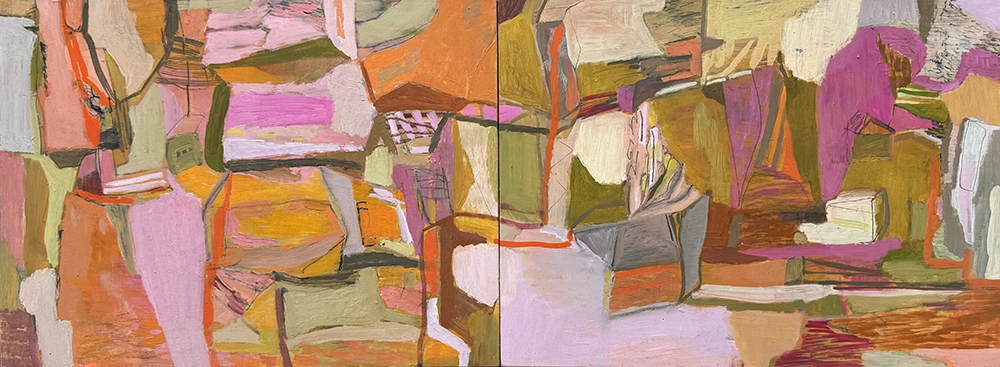
Tangerine Diptych 2024
Oil on timber panel
25 x 64 cm
$1000 Framed
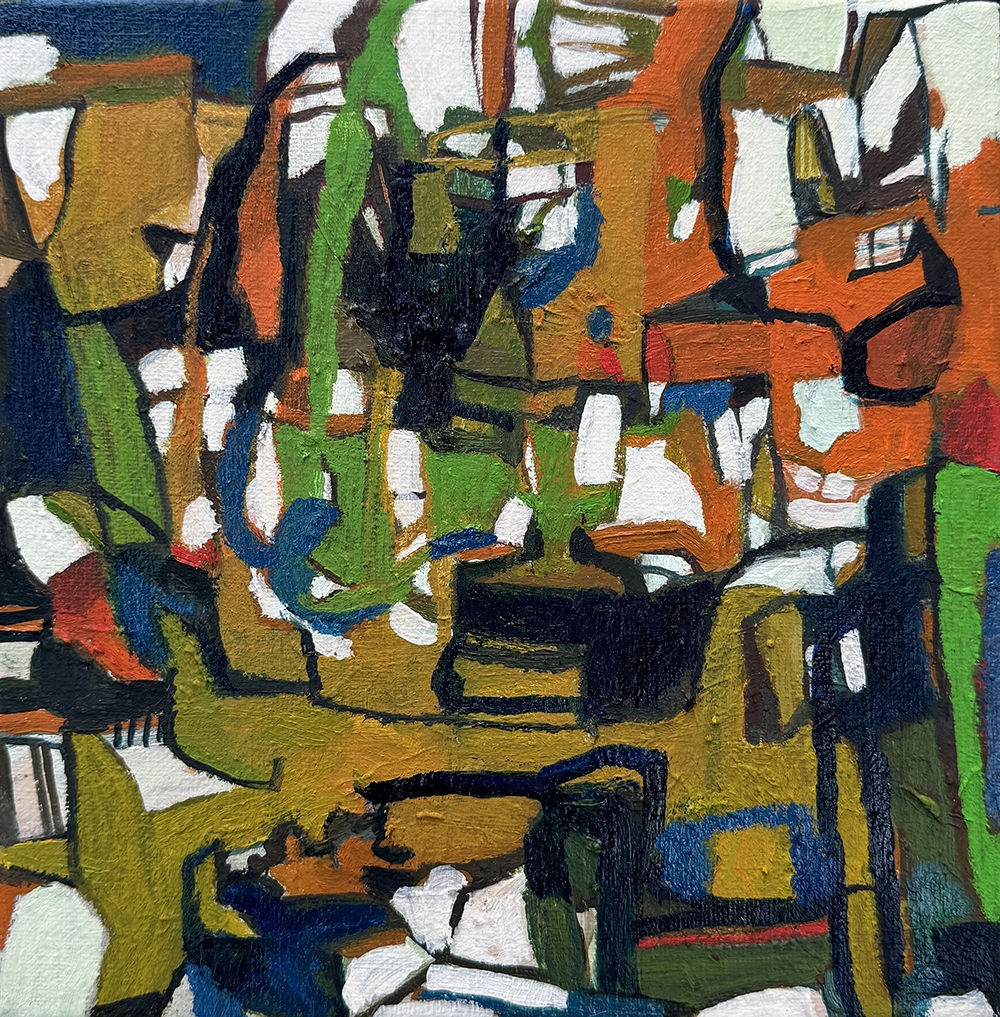 Sold
Sold
Myth 2024
Oil on timber panel
23 x 23 cm
$550 Sold
 Sold
Sold
Wherever I wander 2024
Oil on timber panel
20 x 20 cm
$280 Sold
 Sold
Sold
Orange House 2024
Oil on timber panel
20 x 20 cm
$280 Sold
 Sold
Sold
Peek Orange 2024
Oil on timber panel
20 x 20 cm
$280 Sold
 Sold
Sold
Pink House 2024
Oil on timber panel
20 x 20 cm
$280 Sold
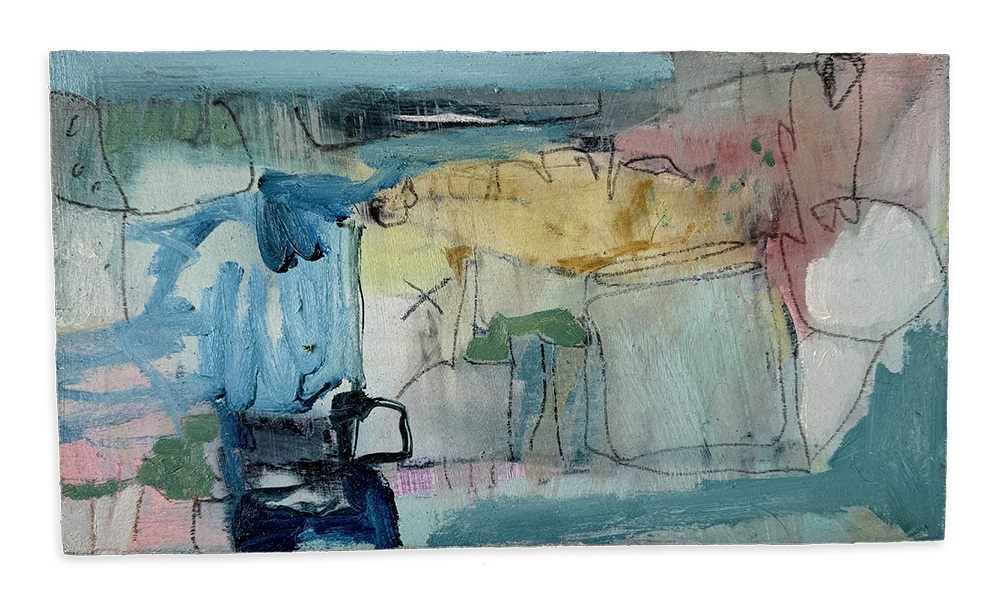 Sold
Sold
Reclaim 1 2024
Oil on timber
17 x 30 cm
$200 Sold
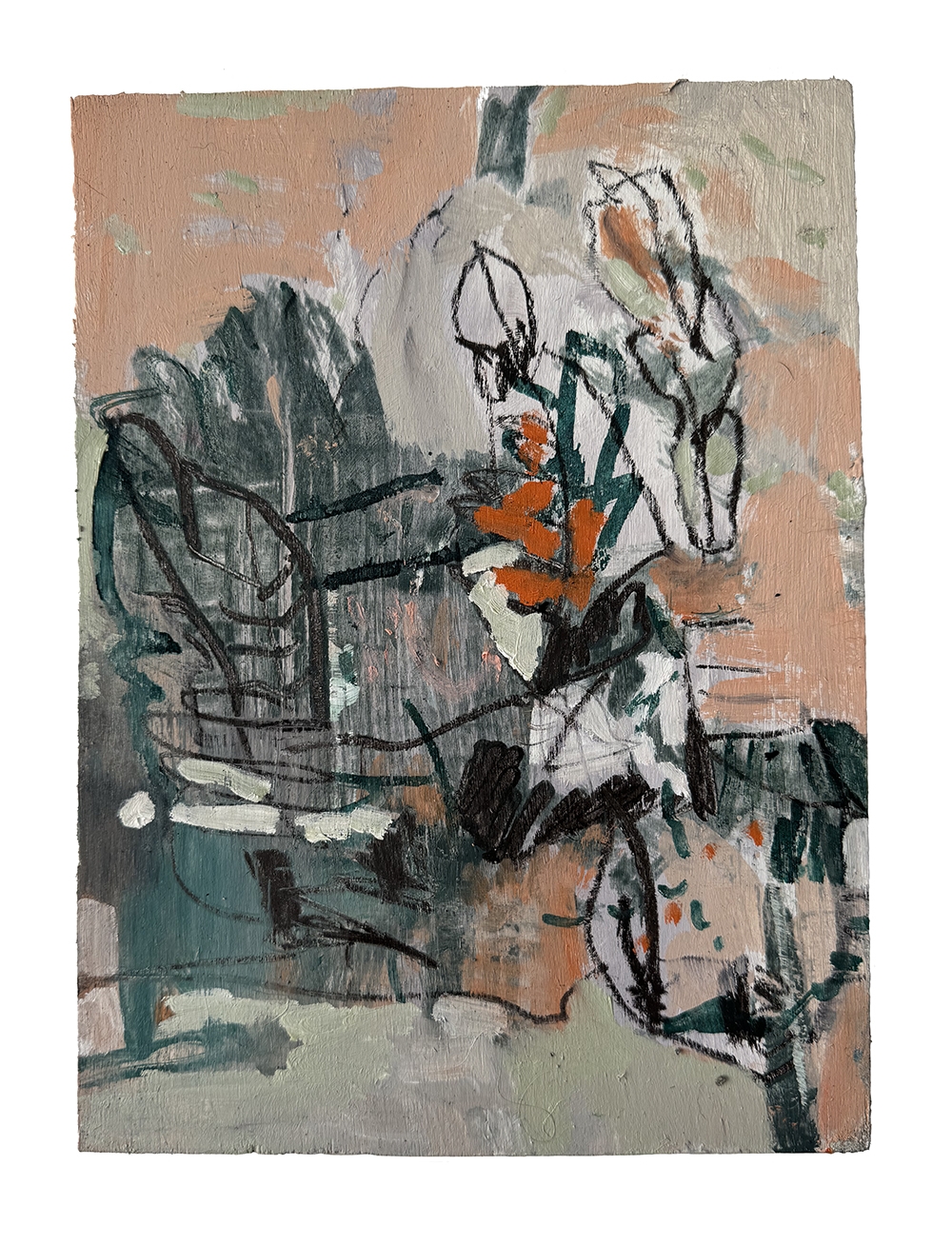 Sold
Sold
Reclaim 2 2024
Oil on timber
28 x 21 cm
$200 Sold
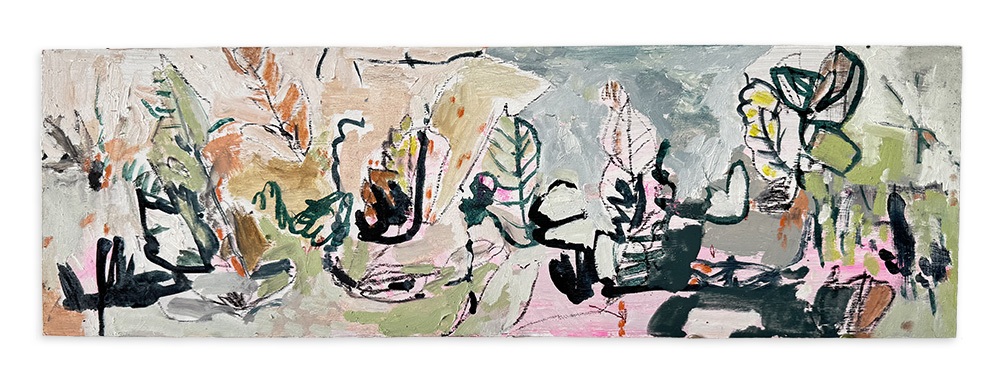 Sold
Sold
Reclaim 3 2024
Oil on timber
19 x 60 cm
$250 Sold
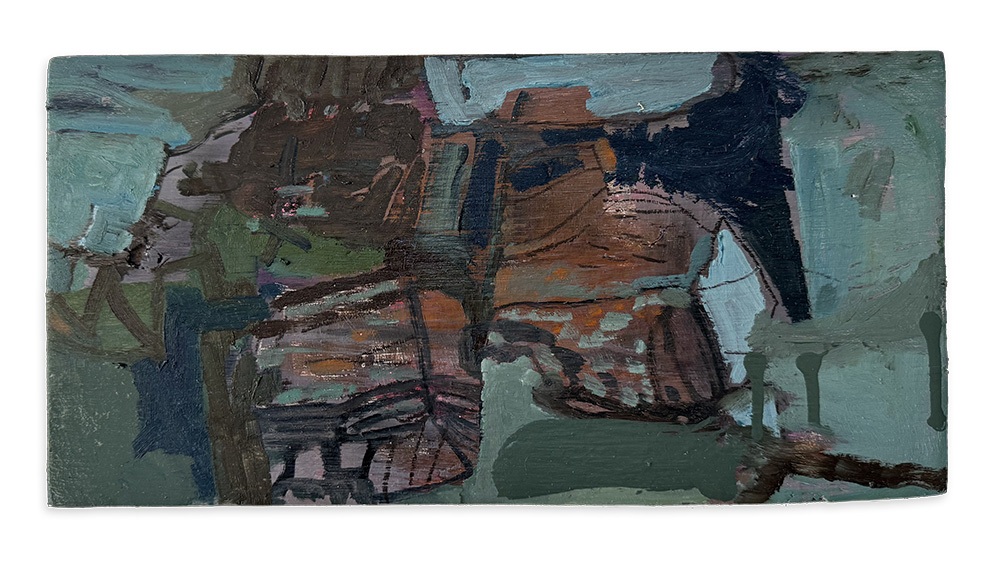 Sold
Sold
Reclaim 4 2024
Oil on timber
20 x 40 cm
$200 Sold
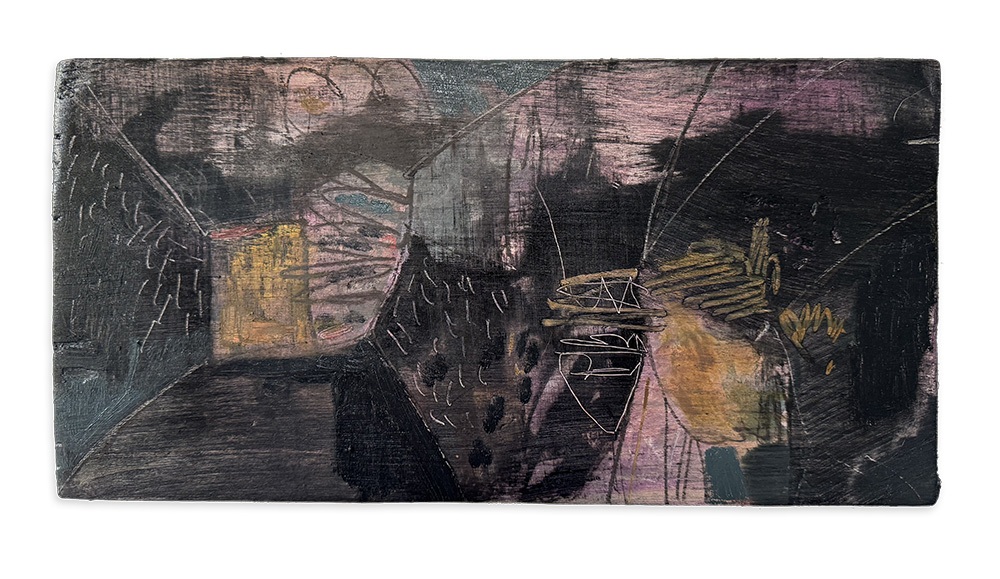 Sold
Sold
Reclaim 5 2024
Oil on timber
20 x 39 cm
$200 Sold


